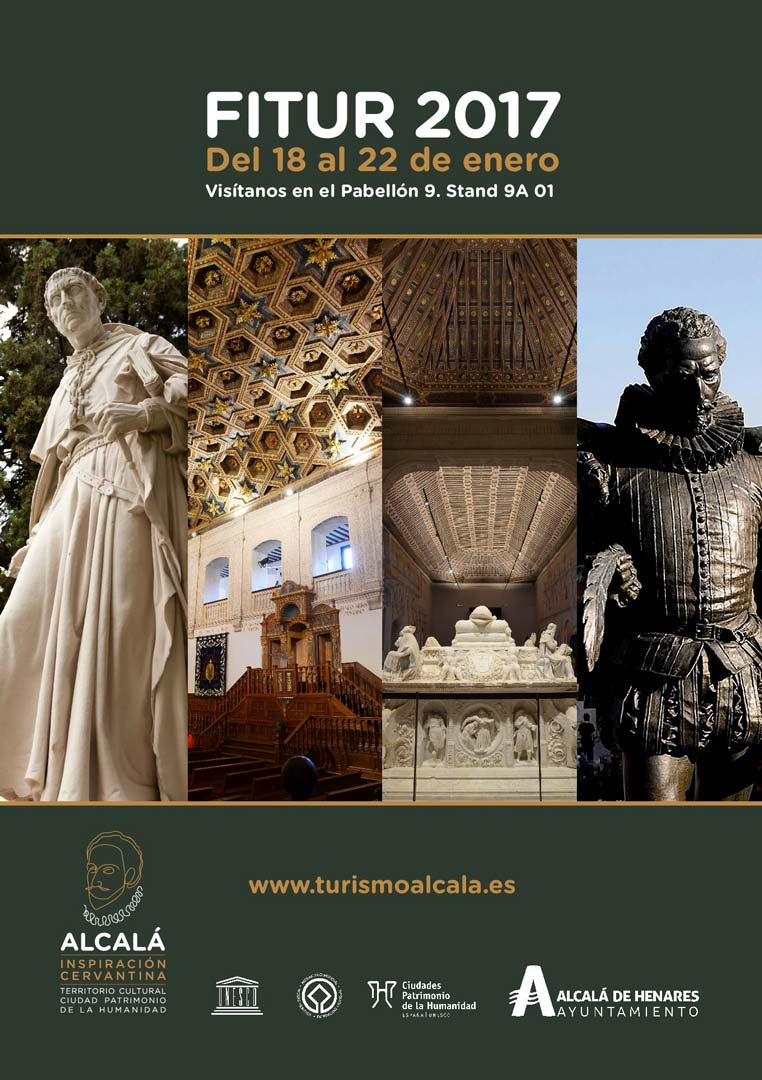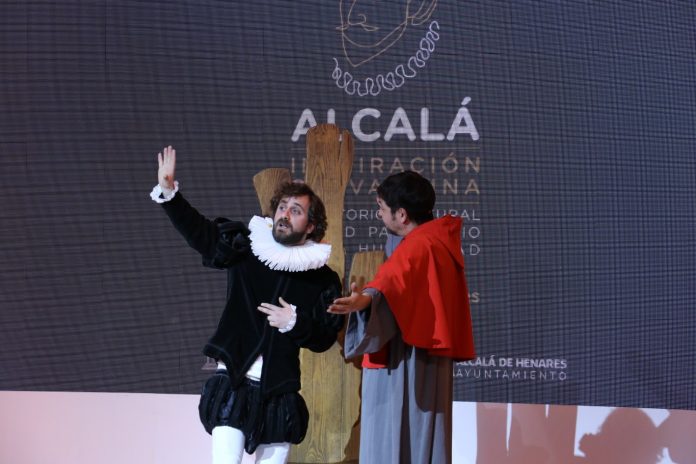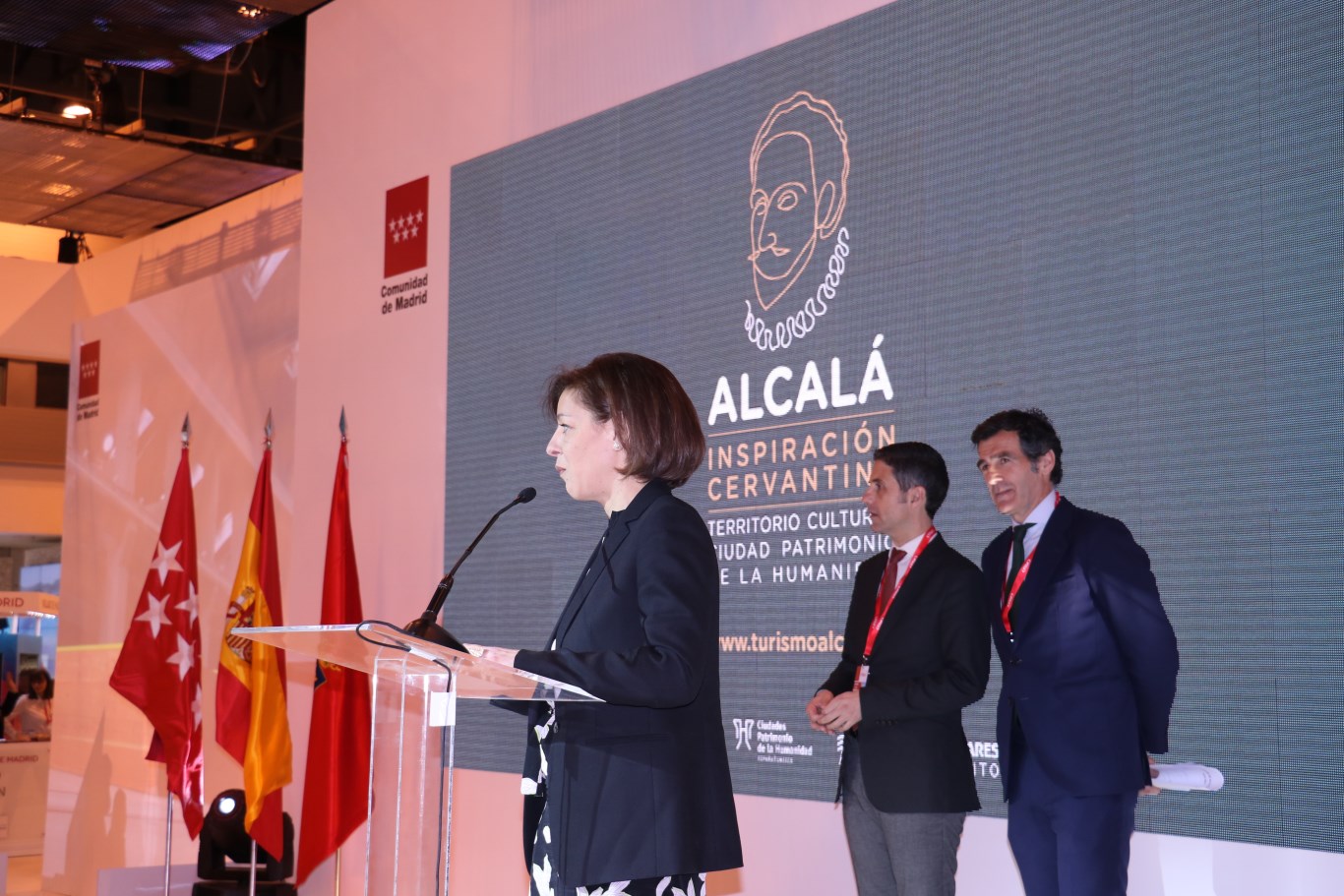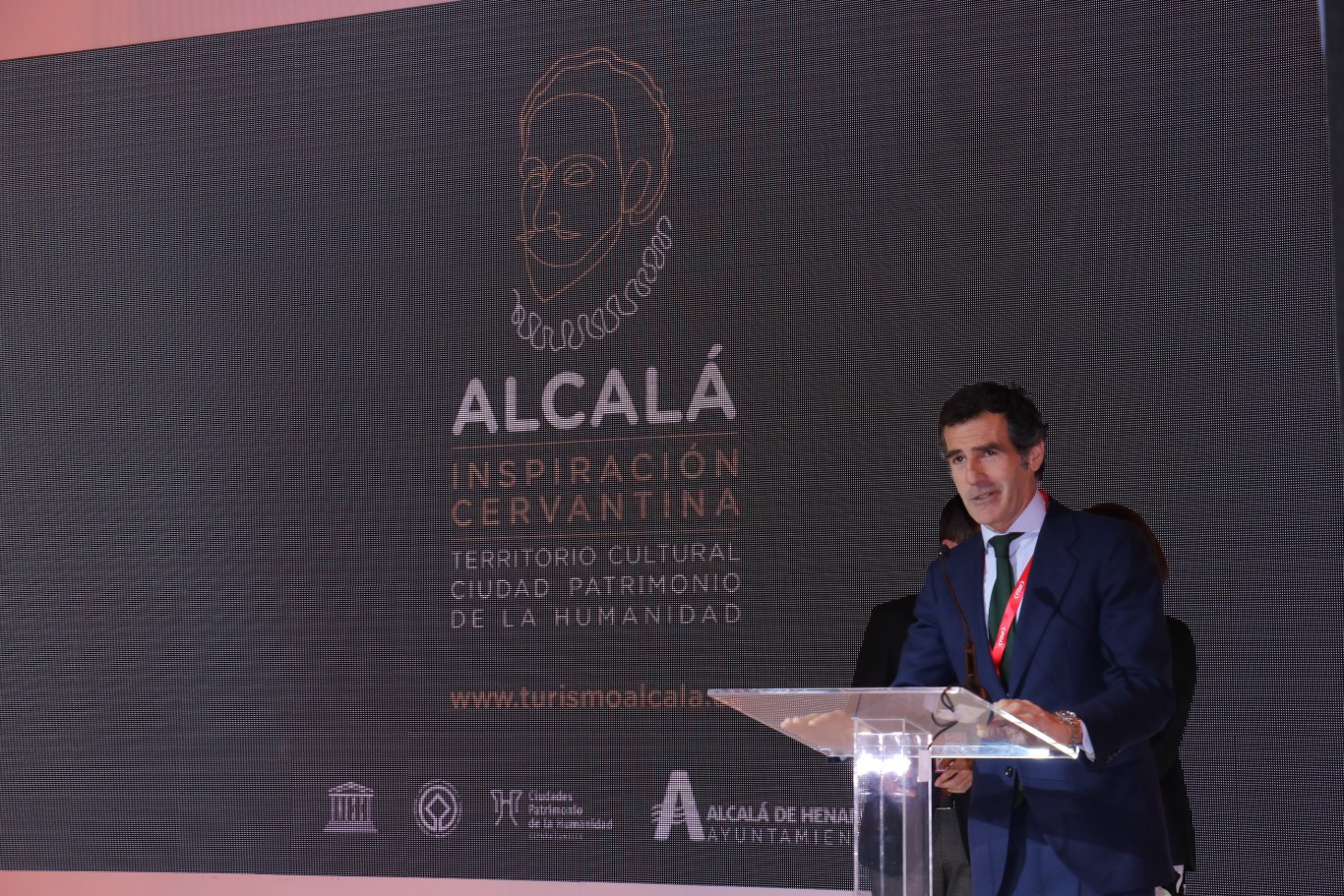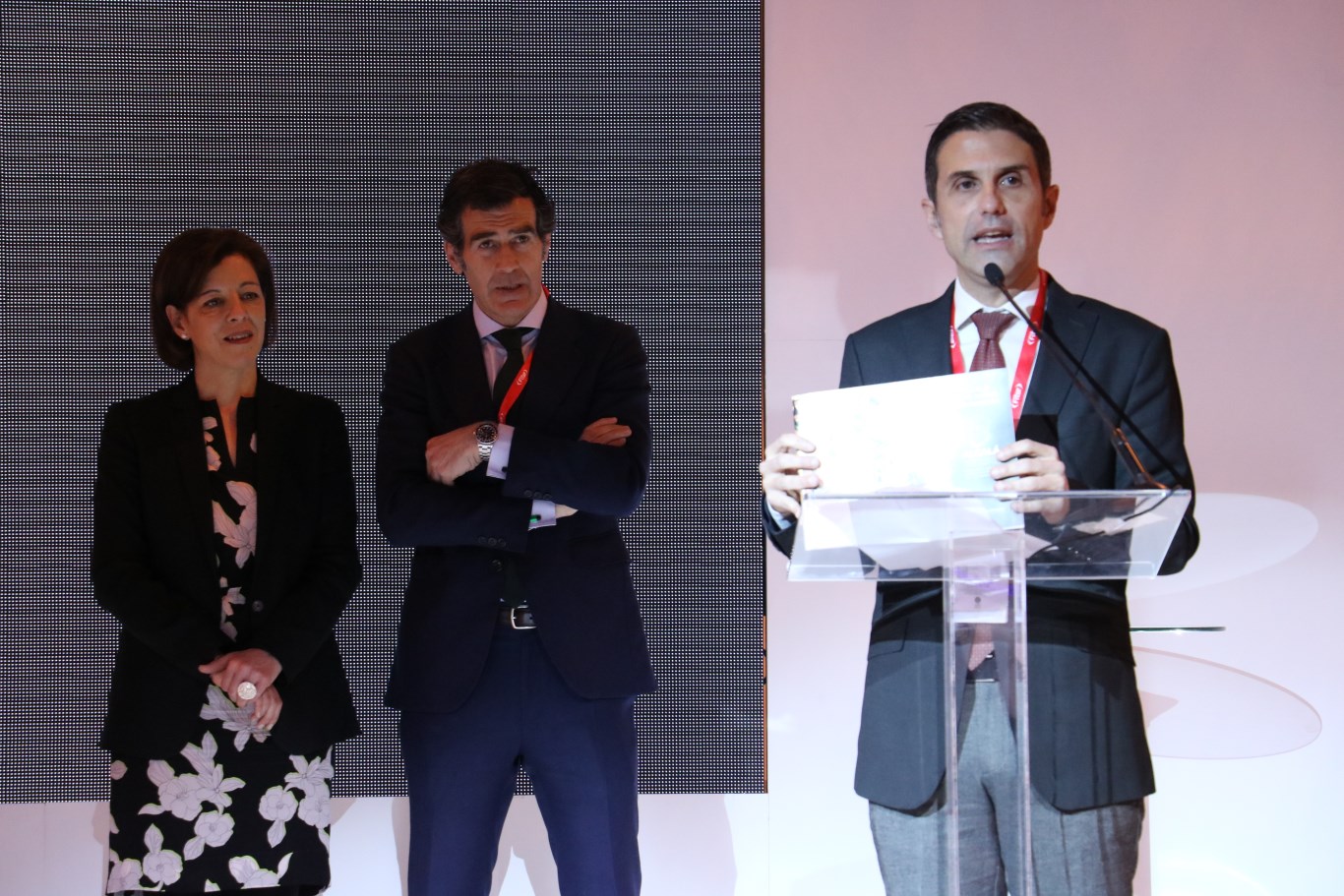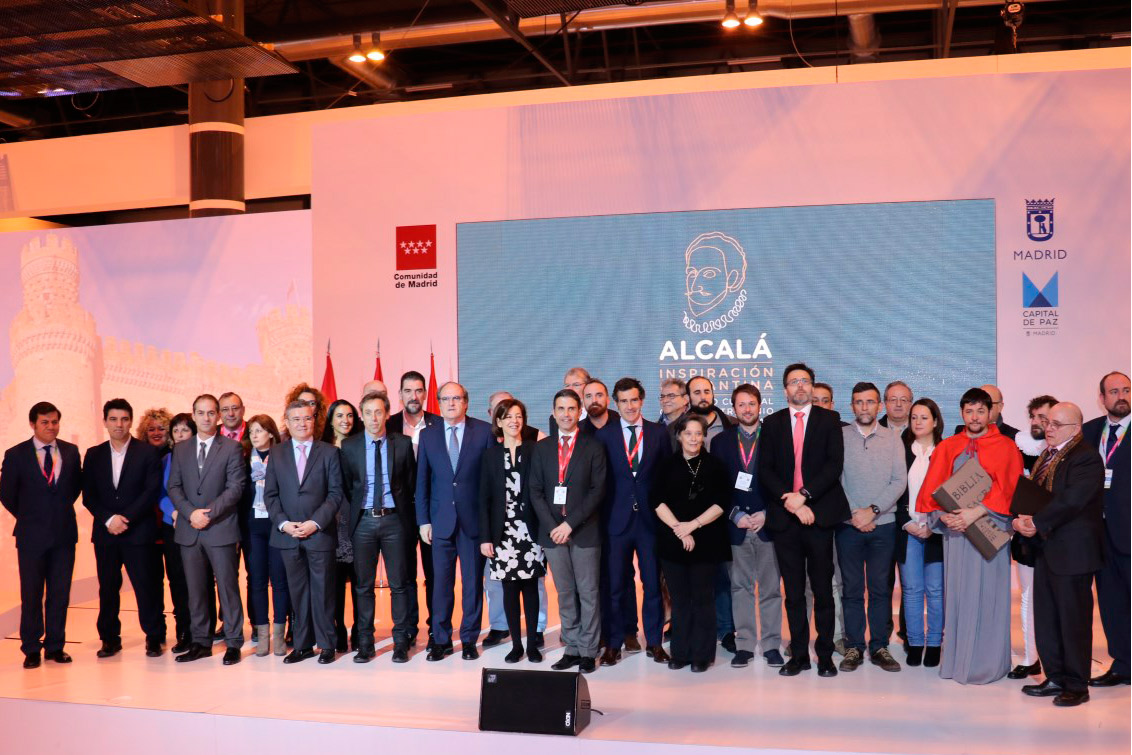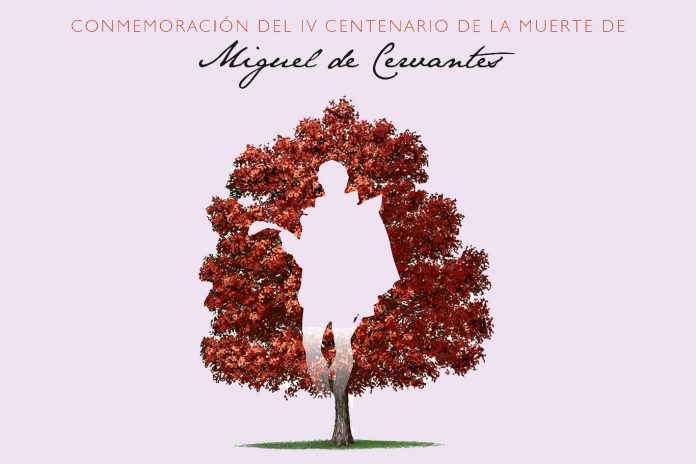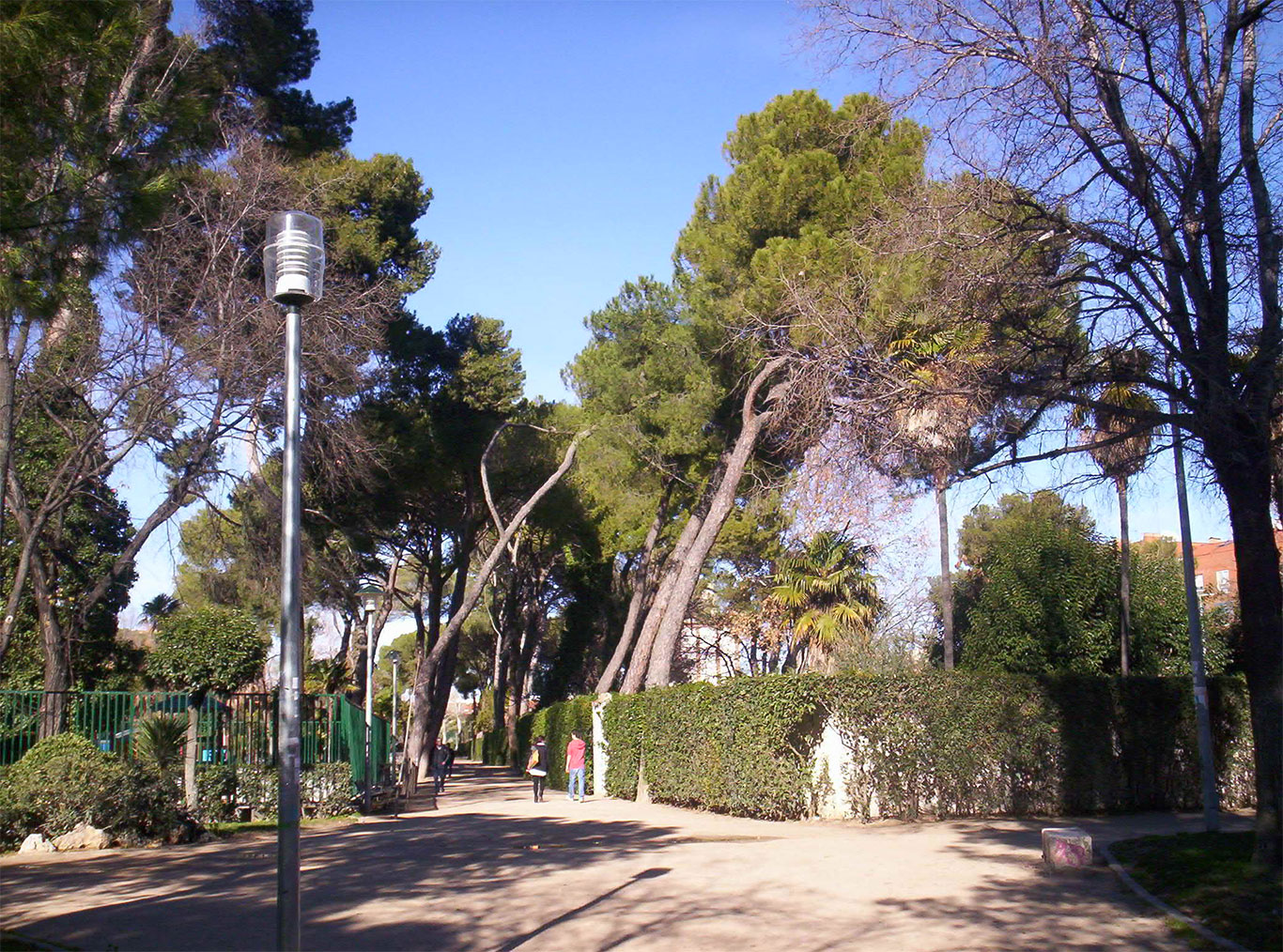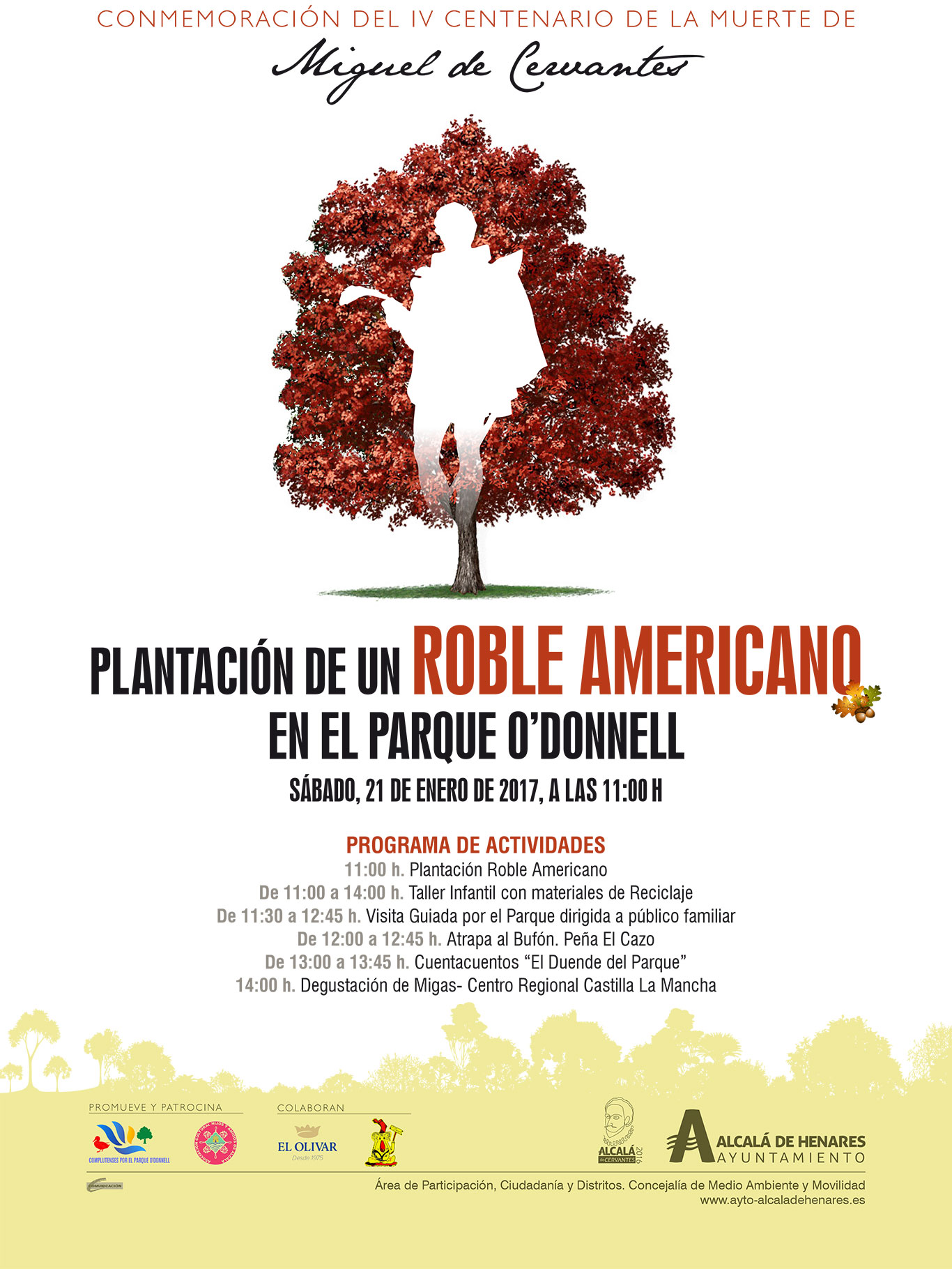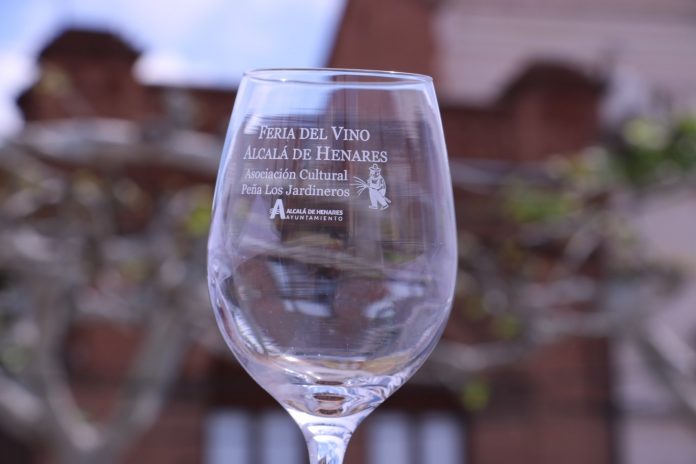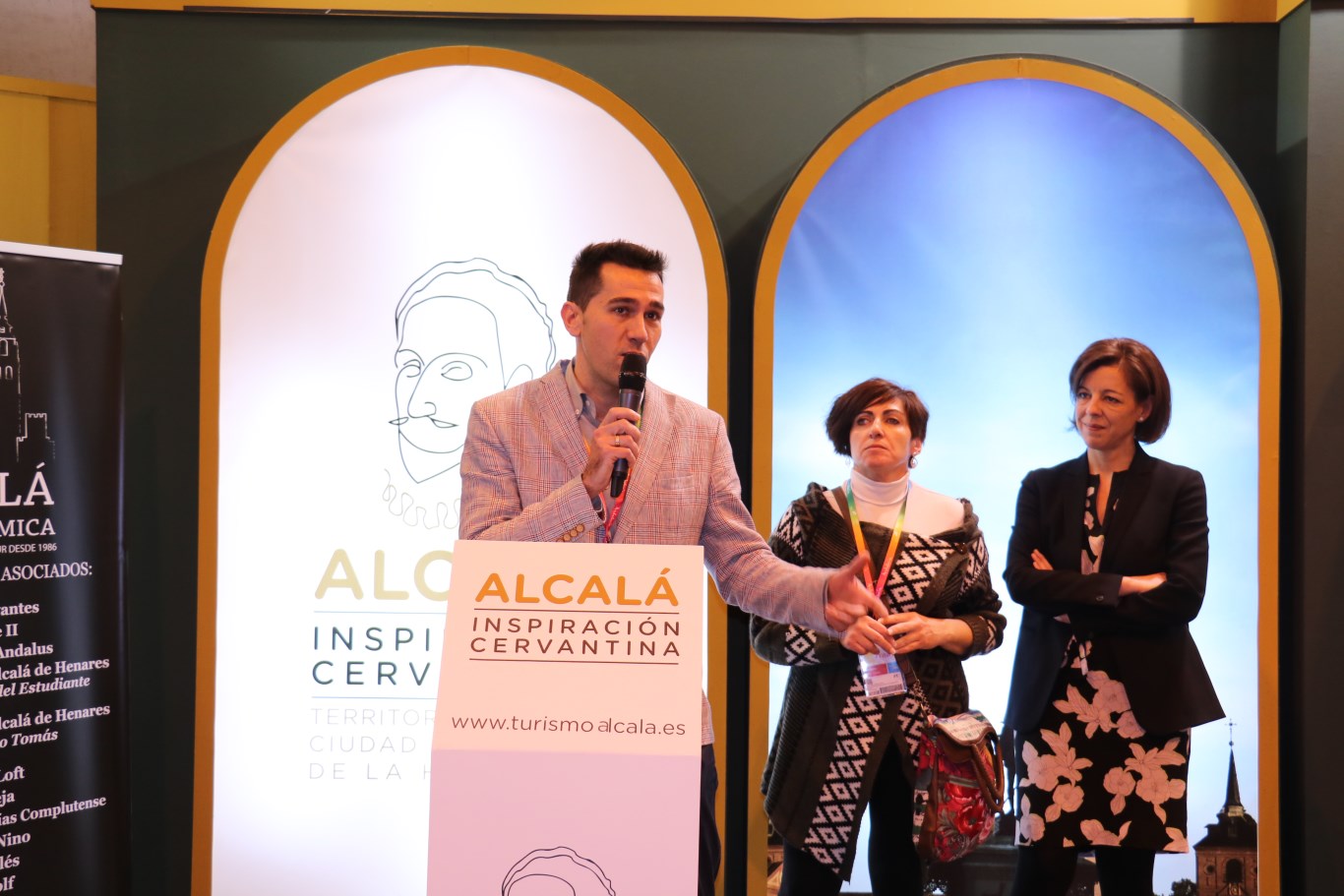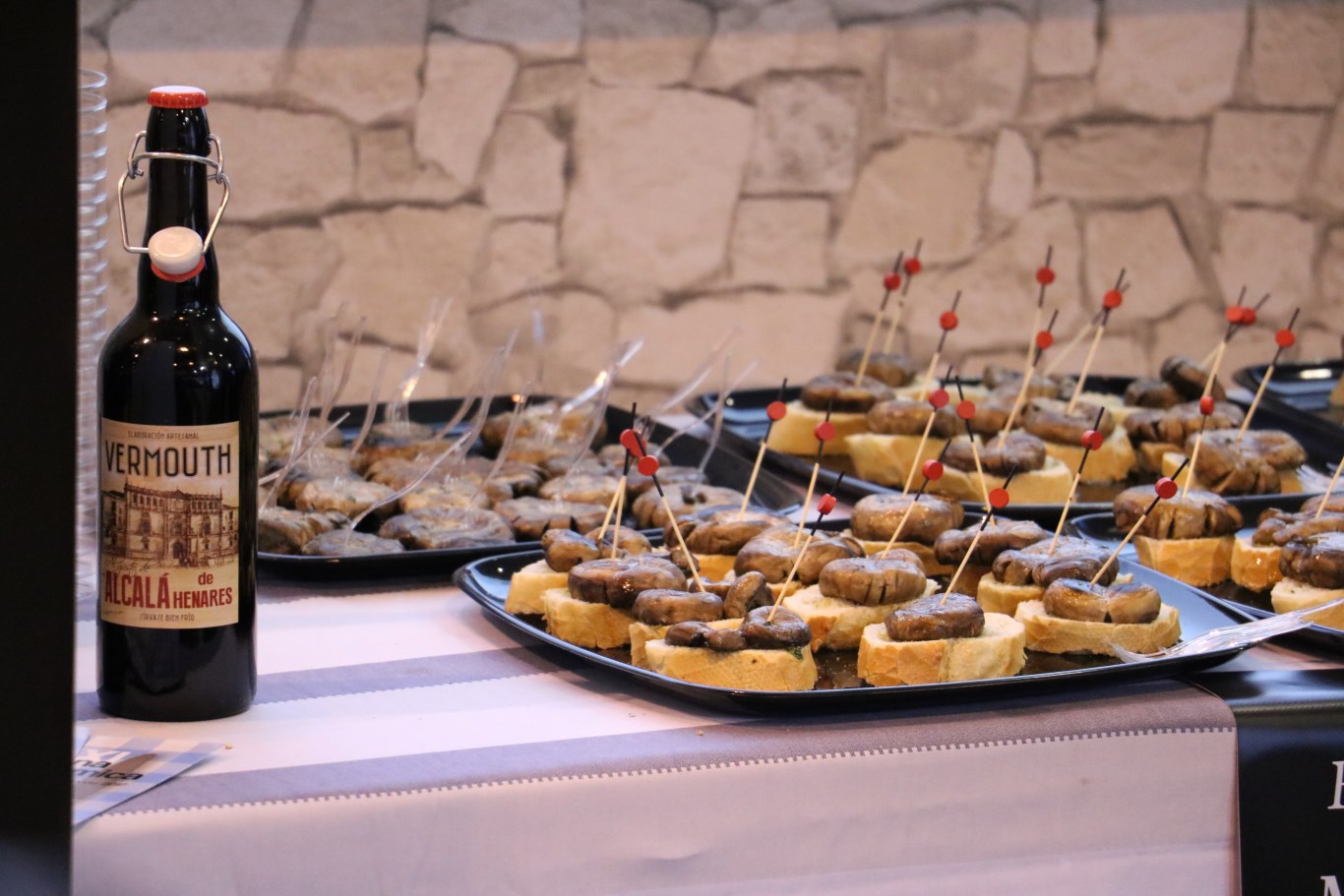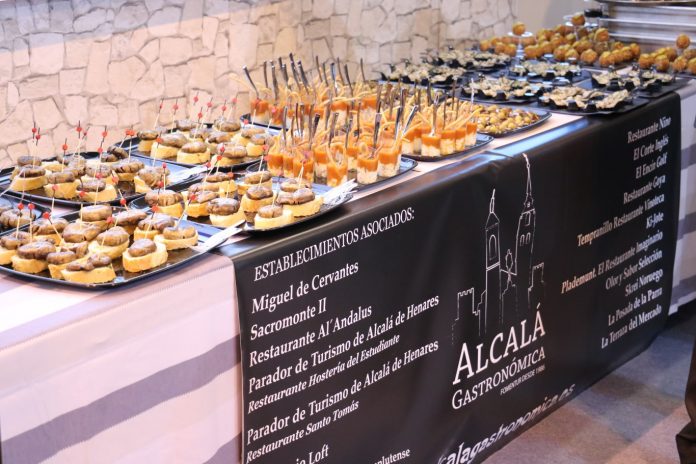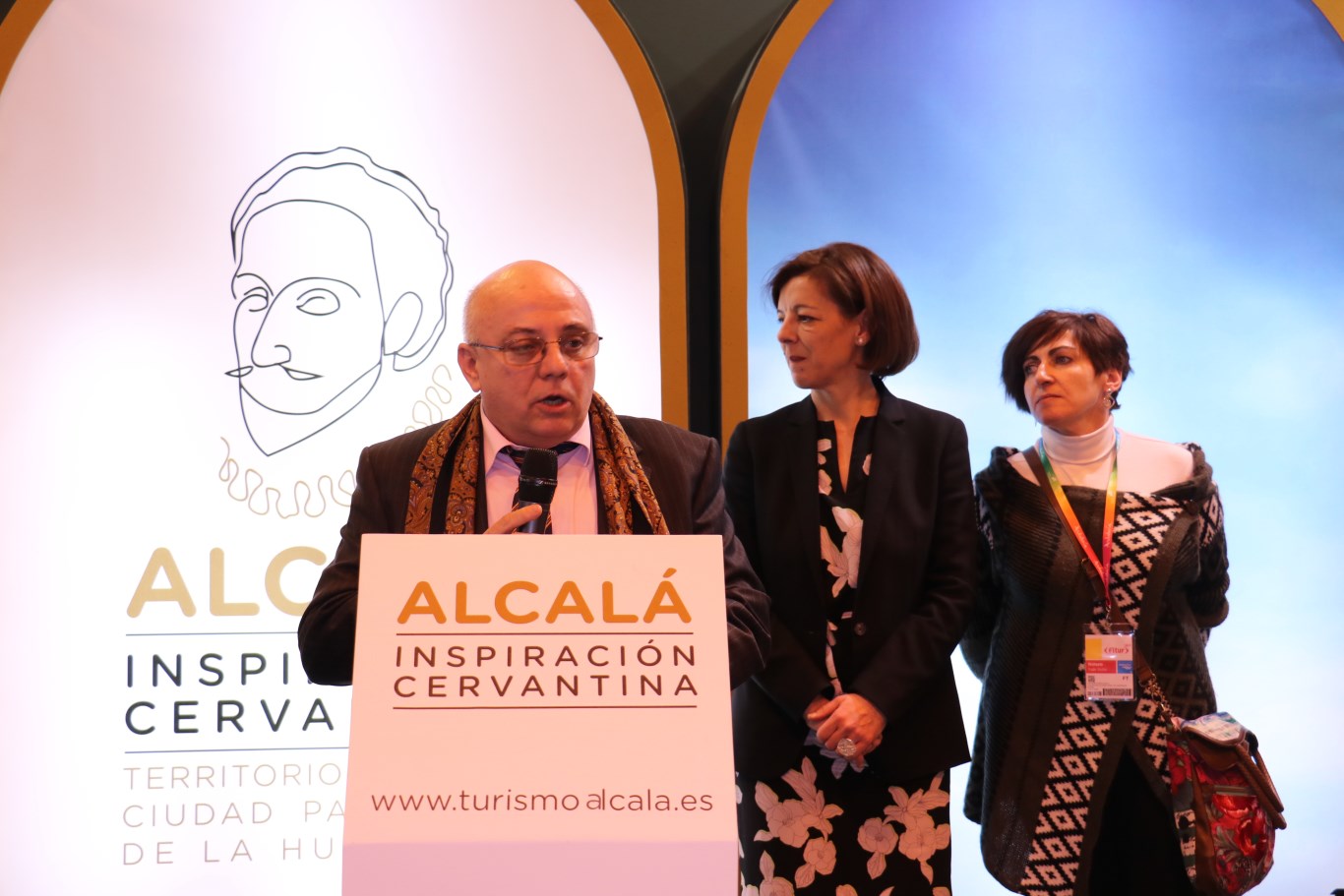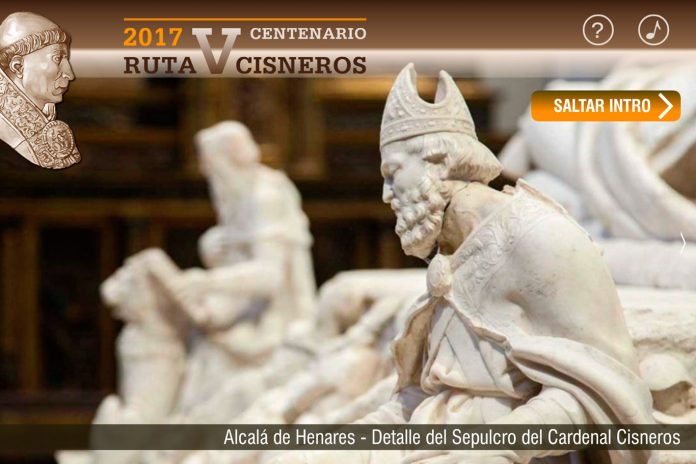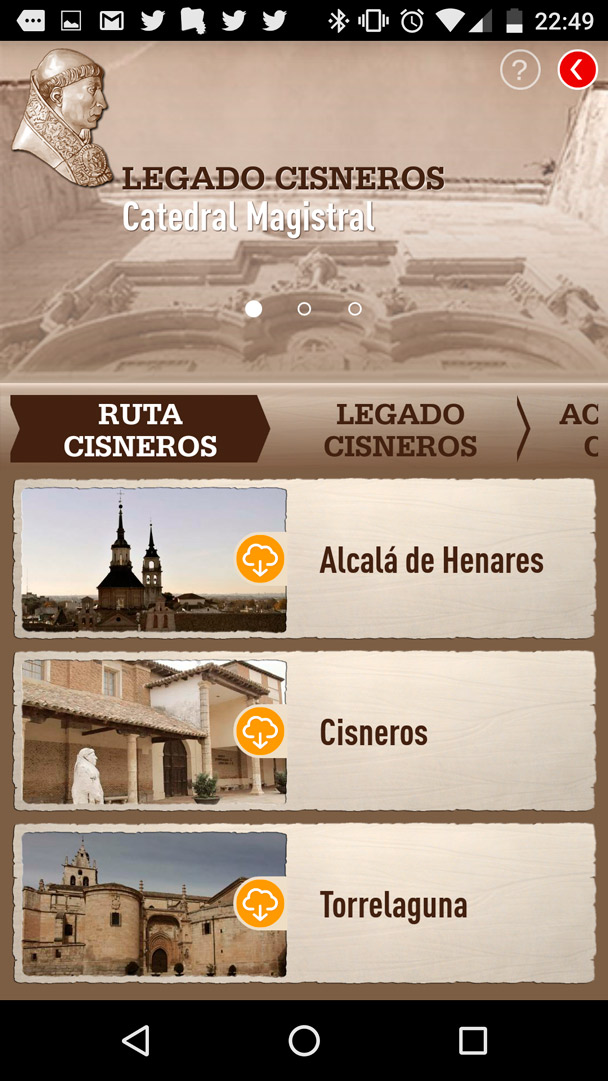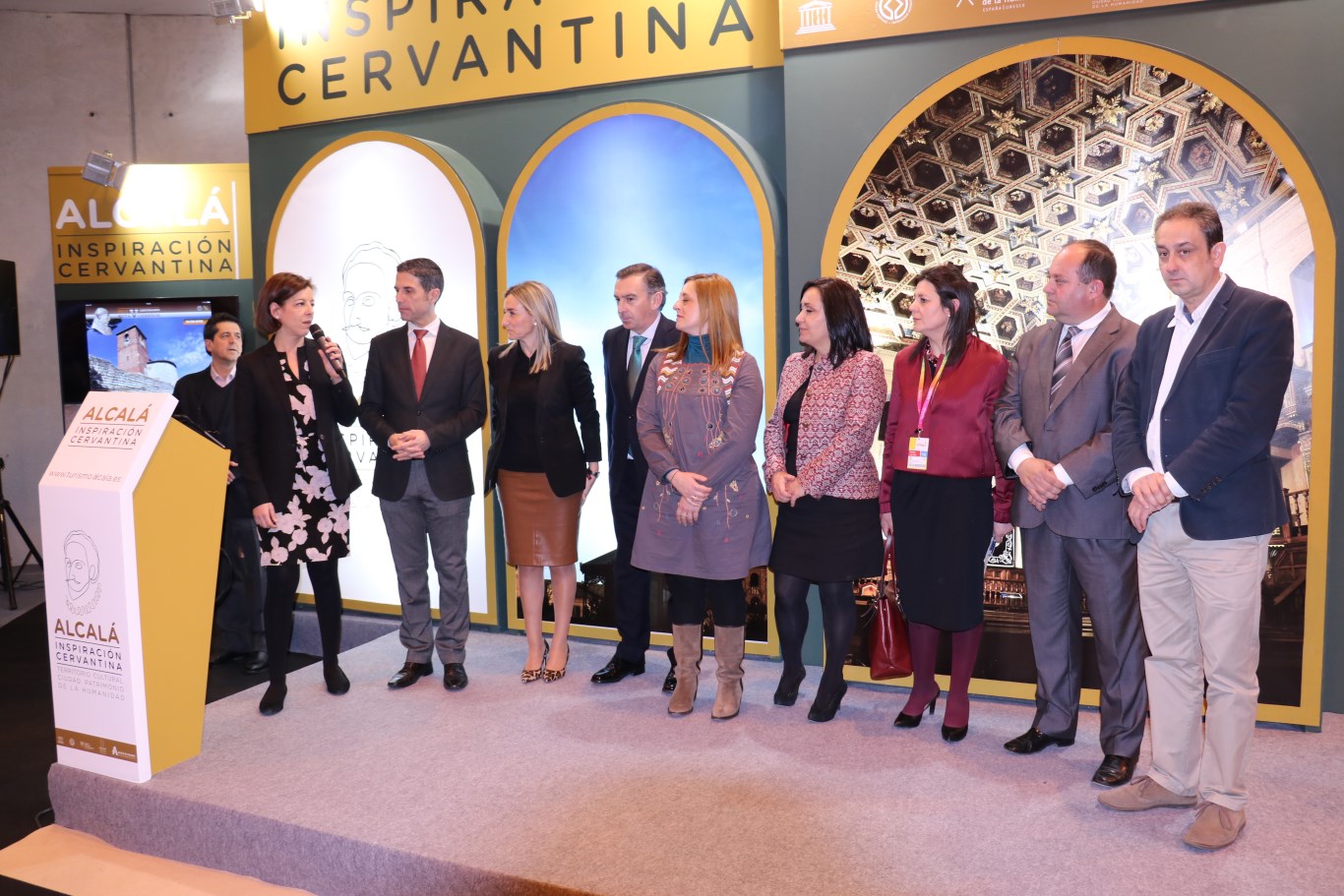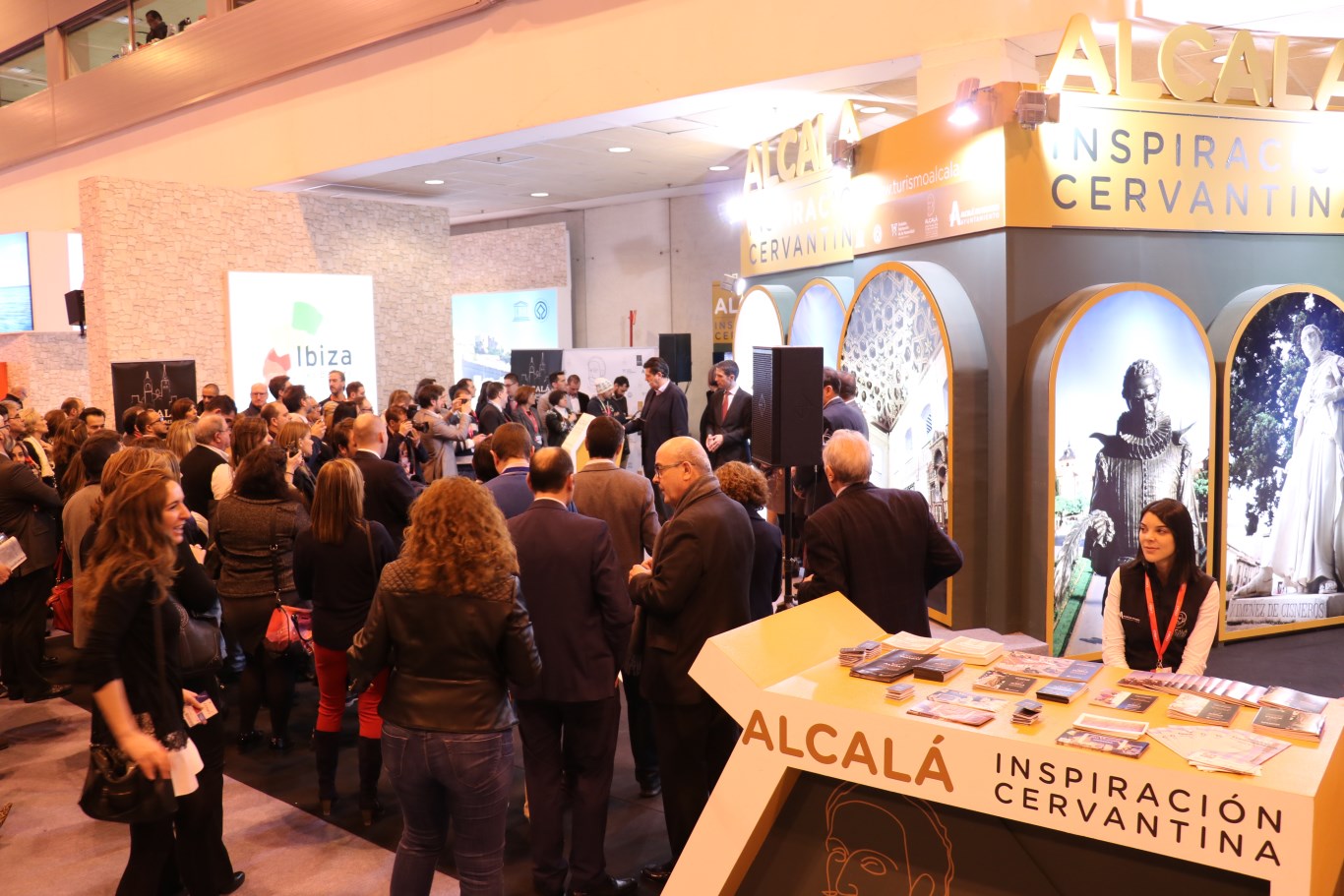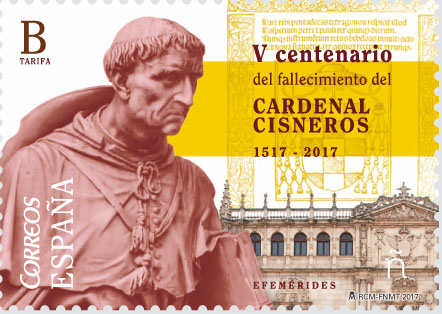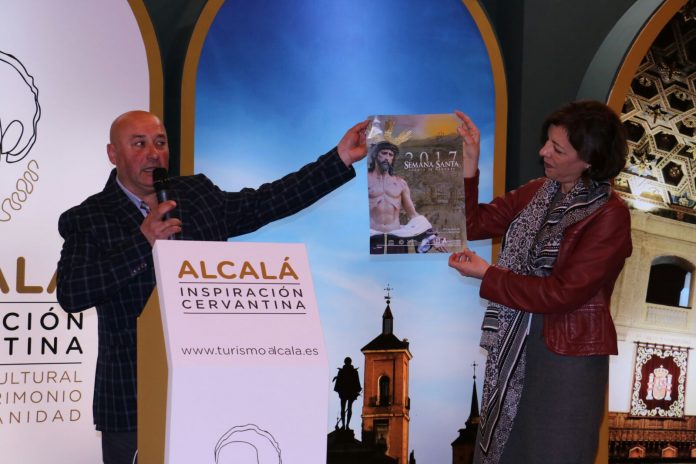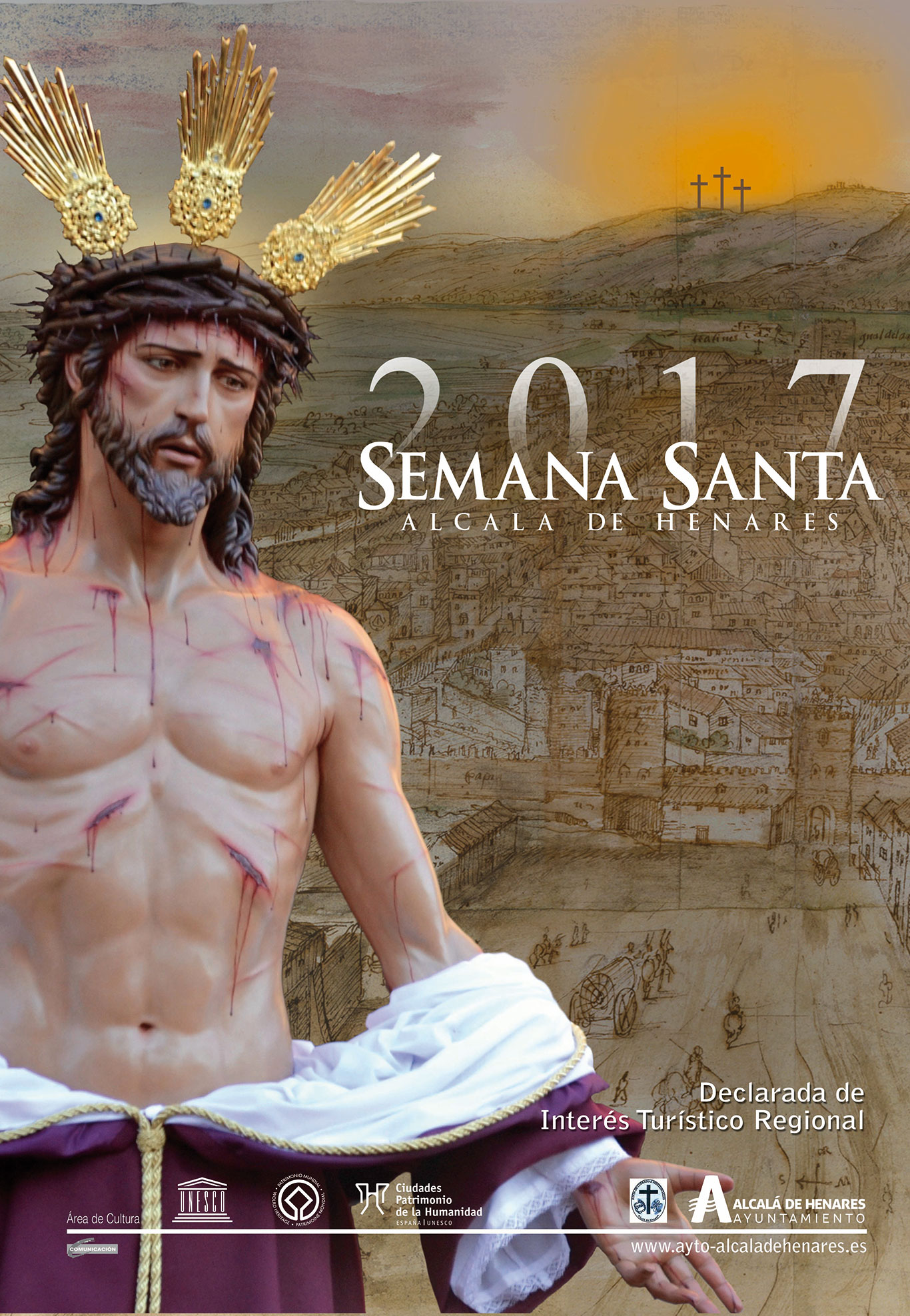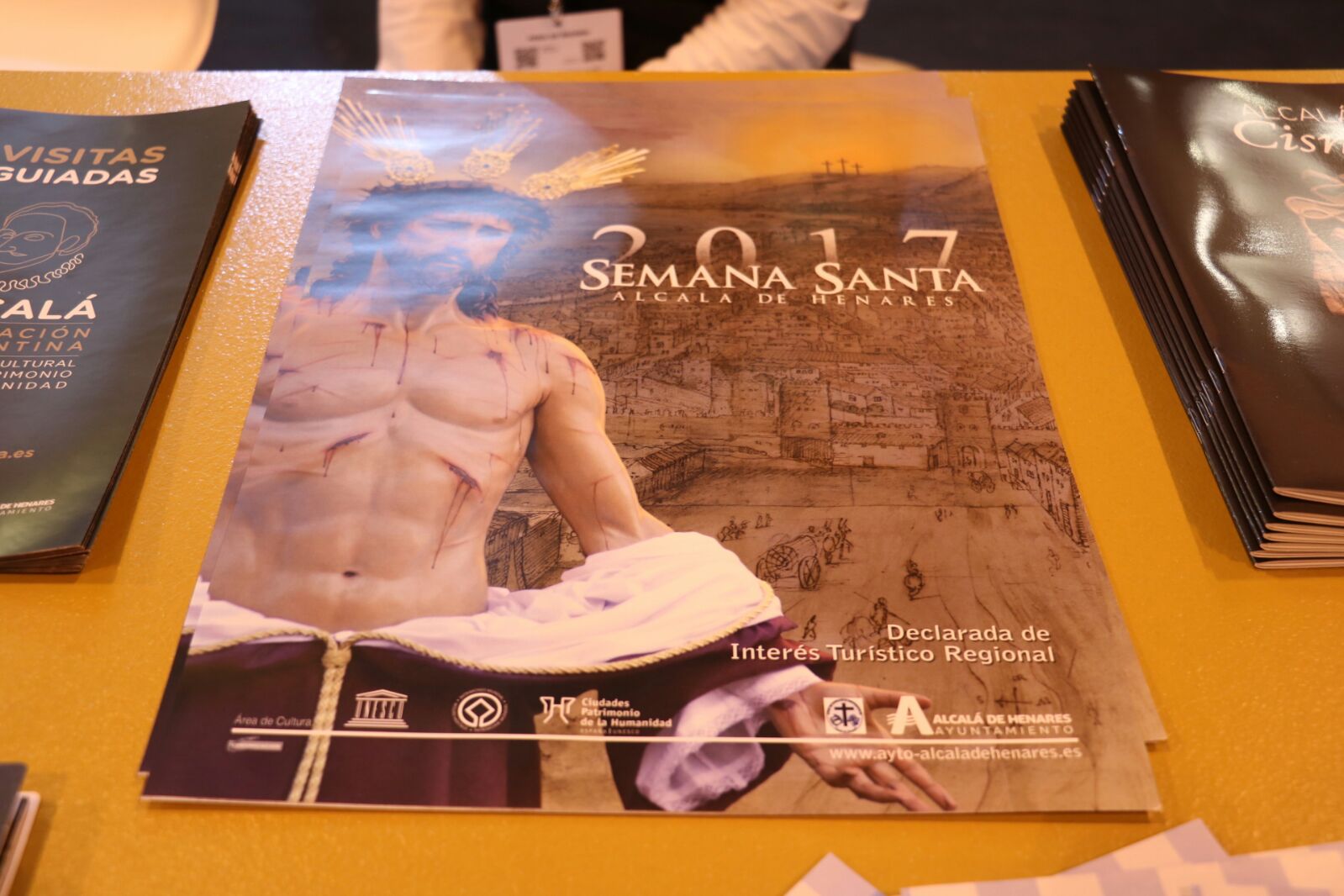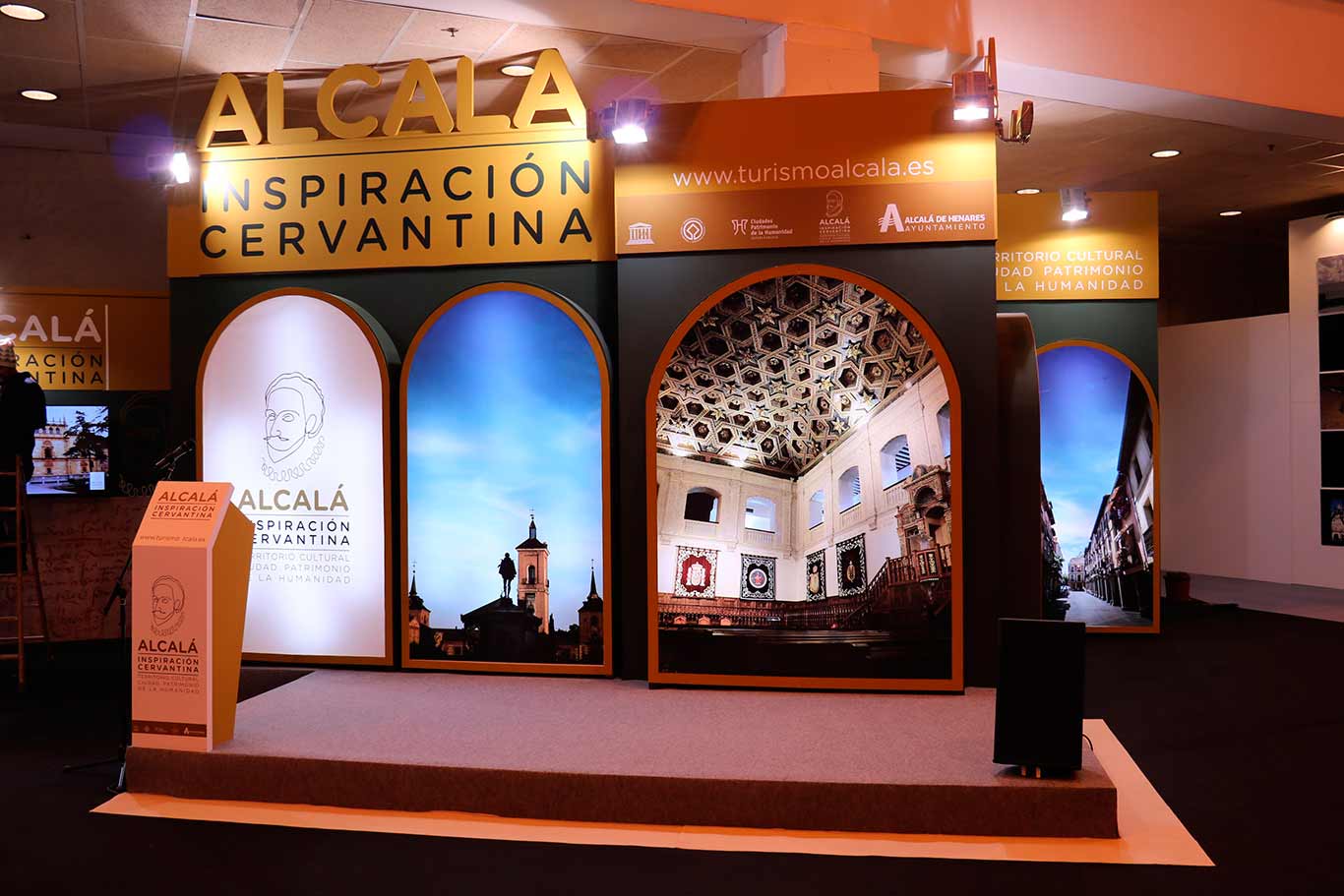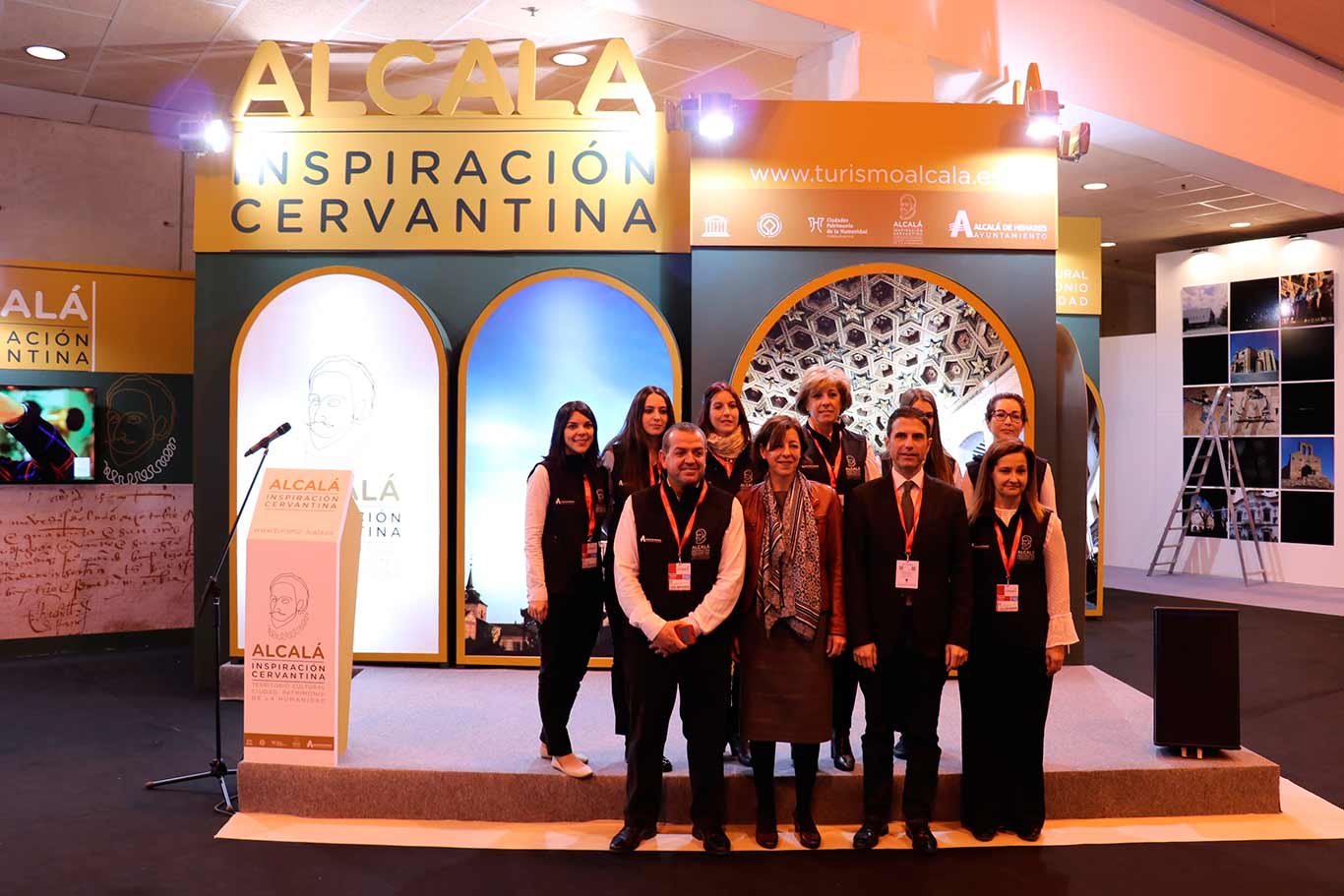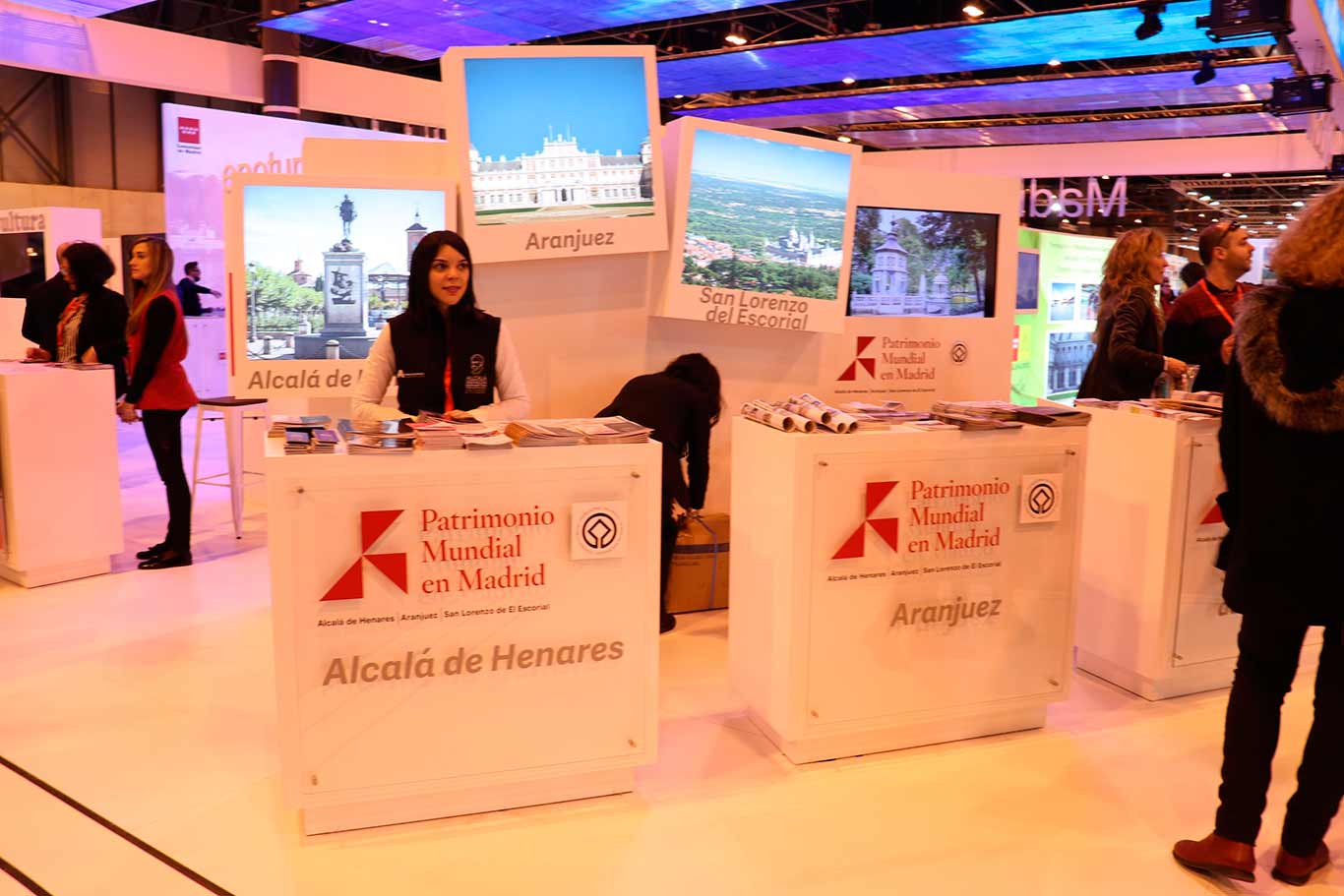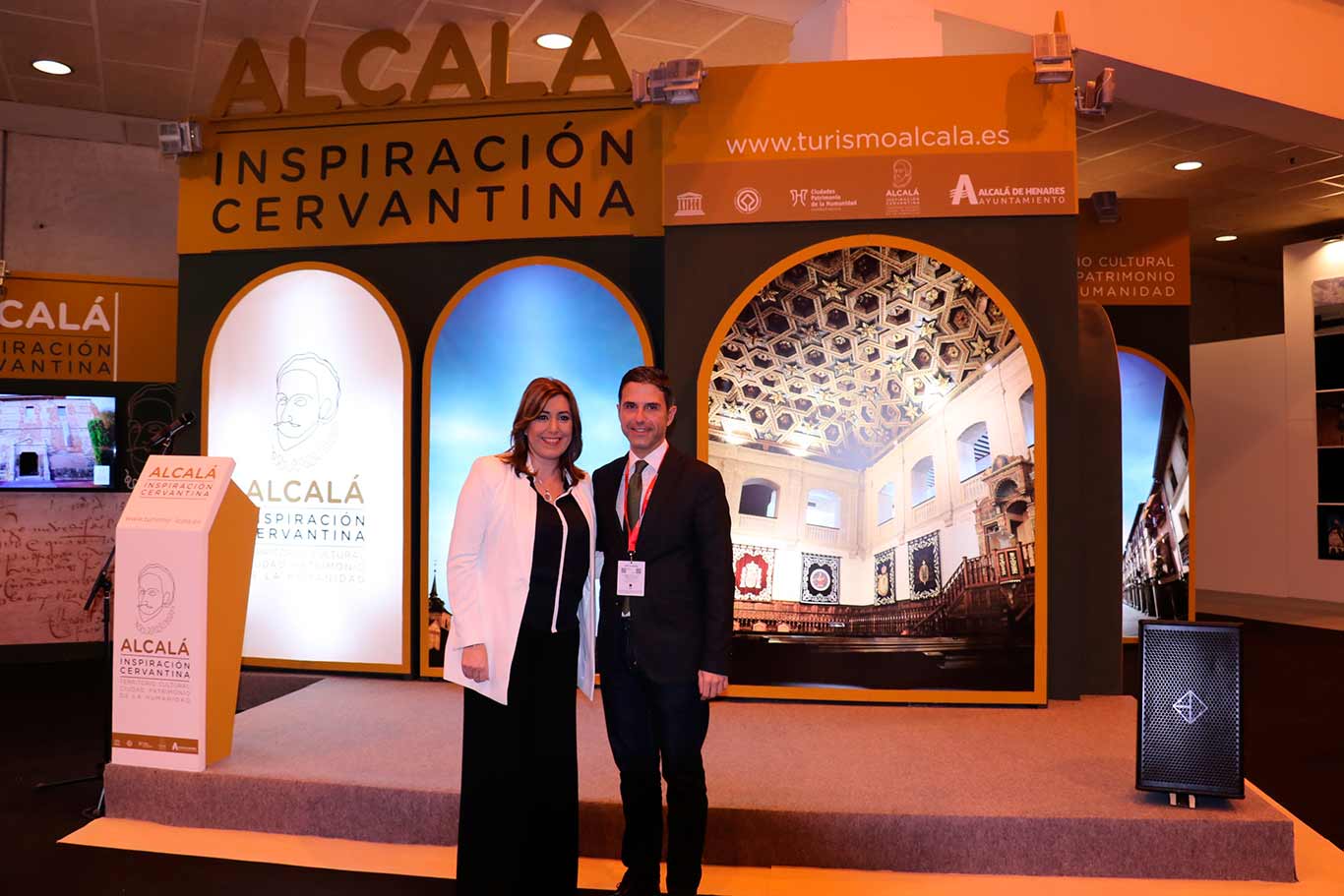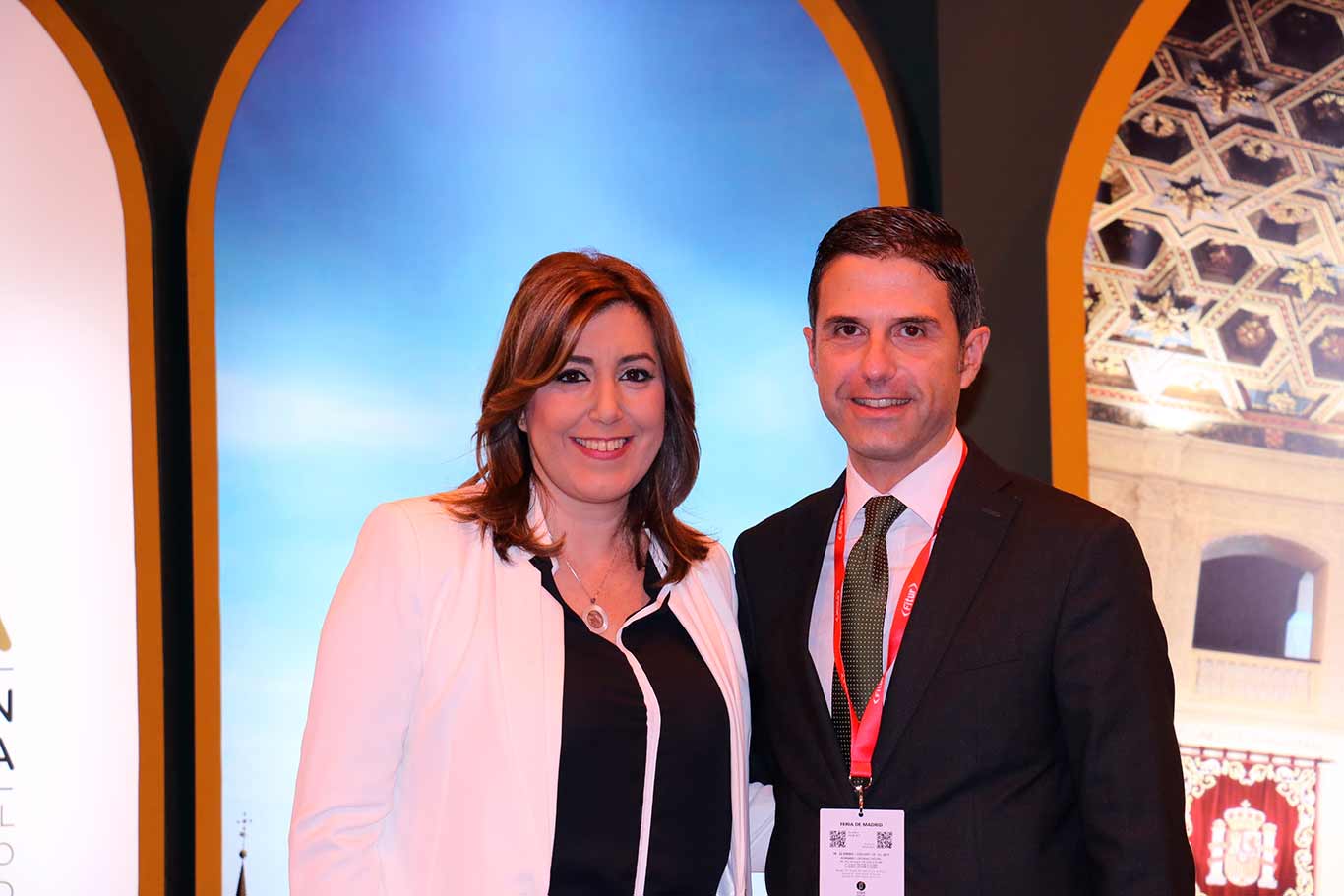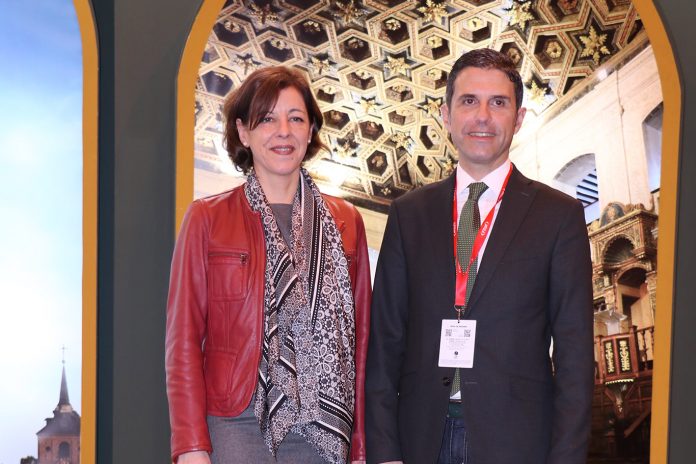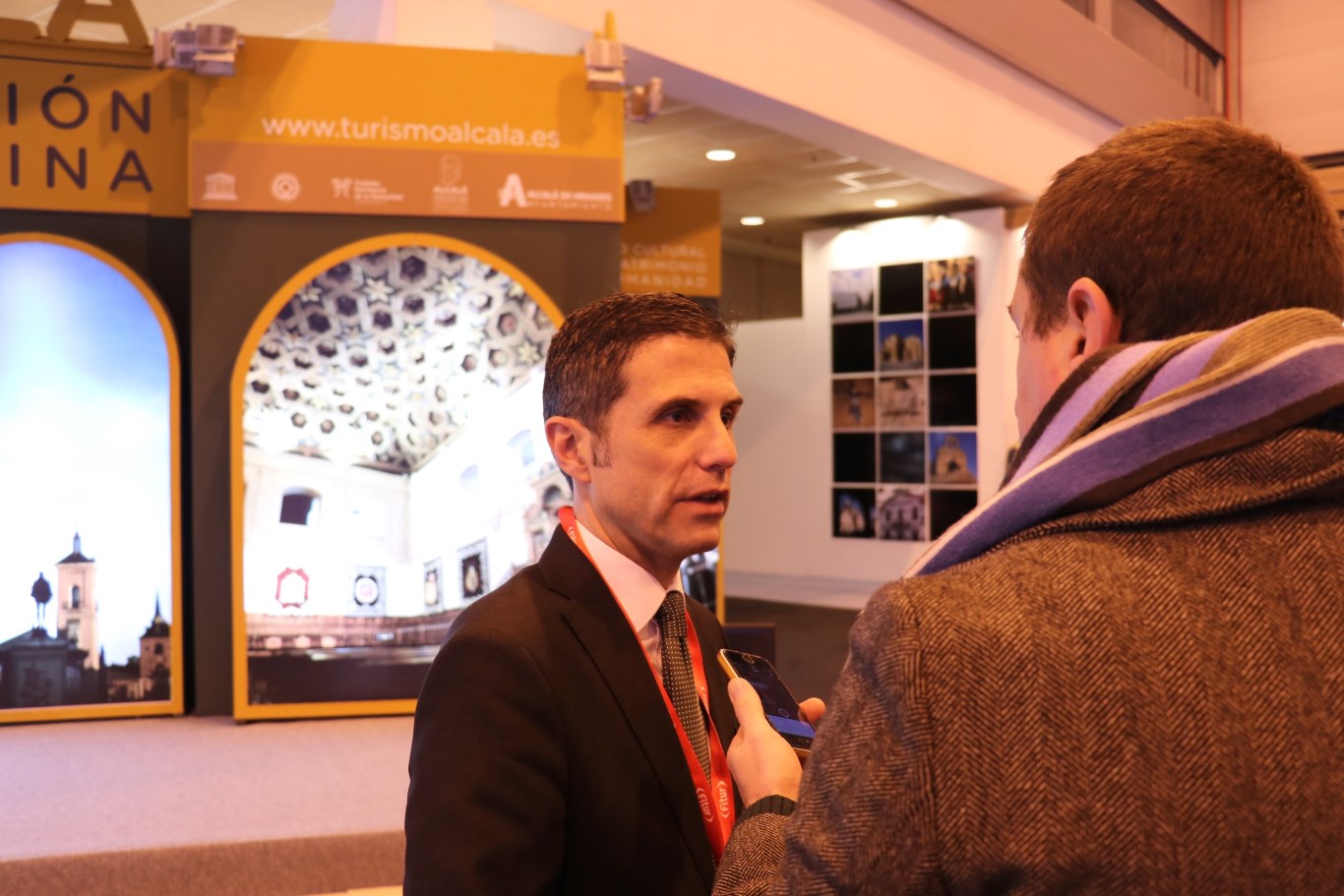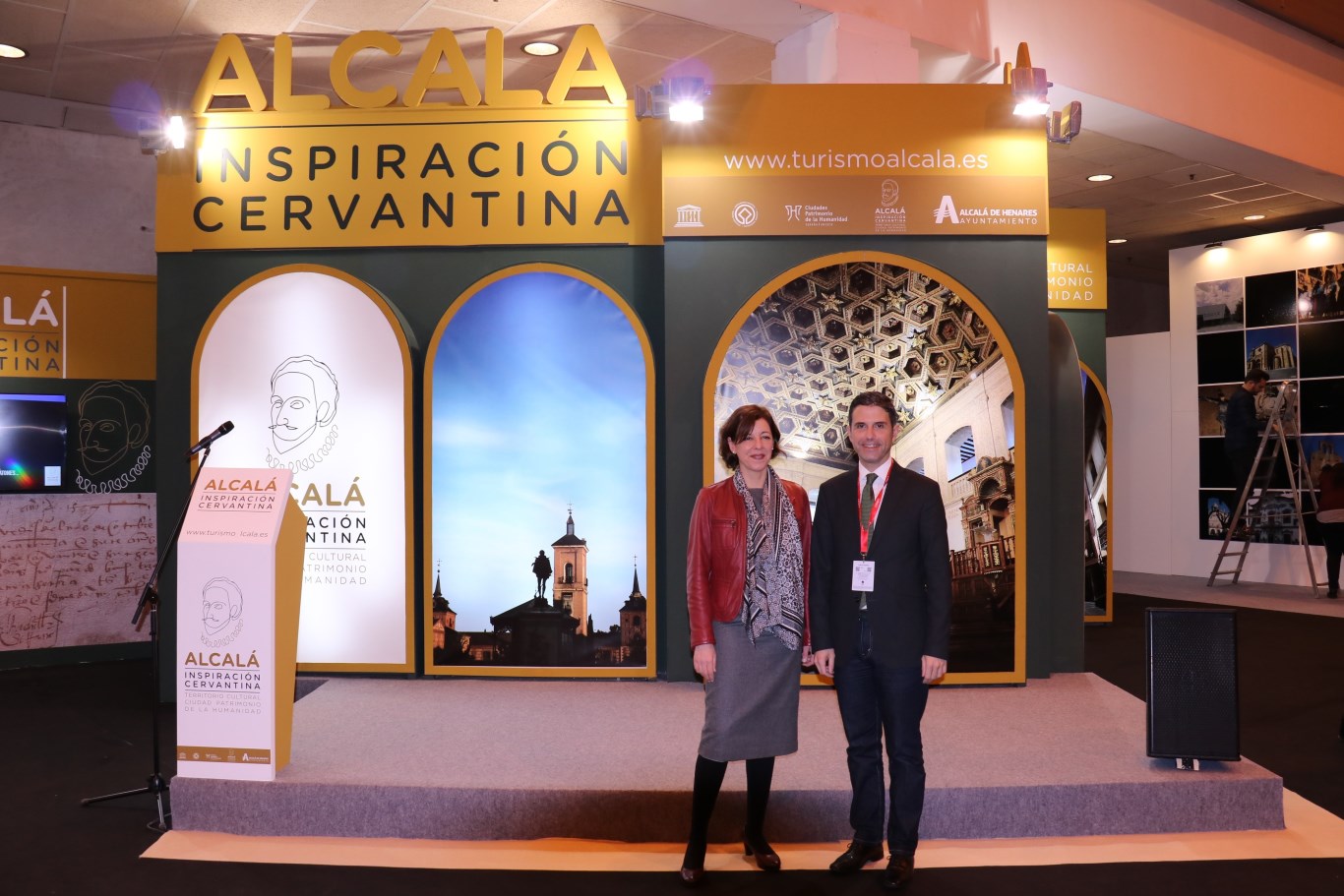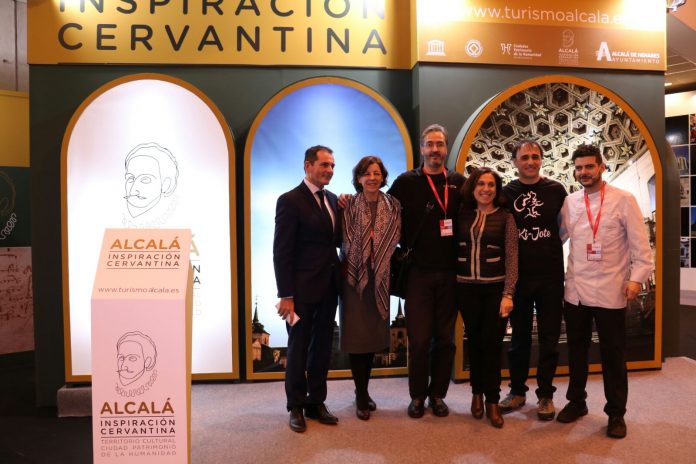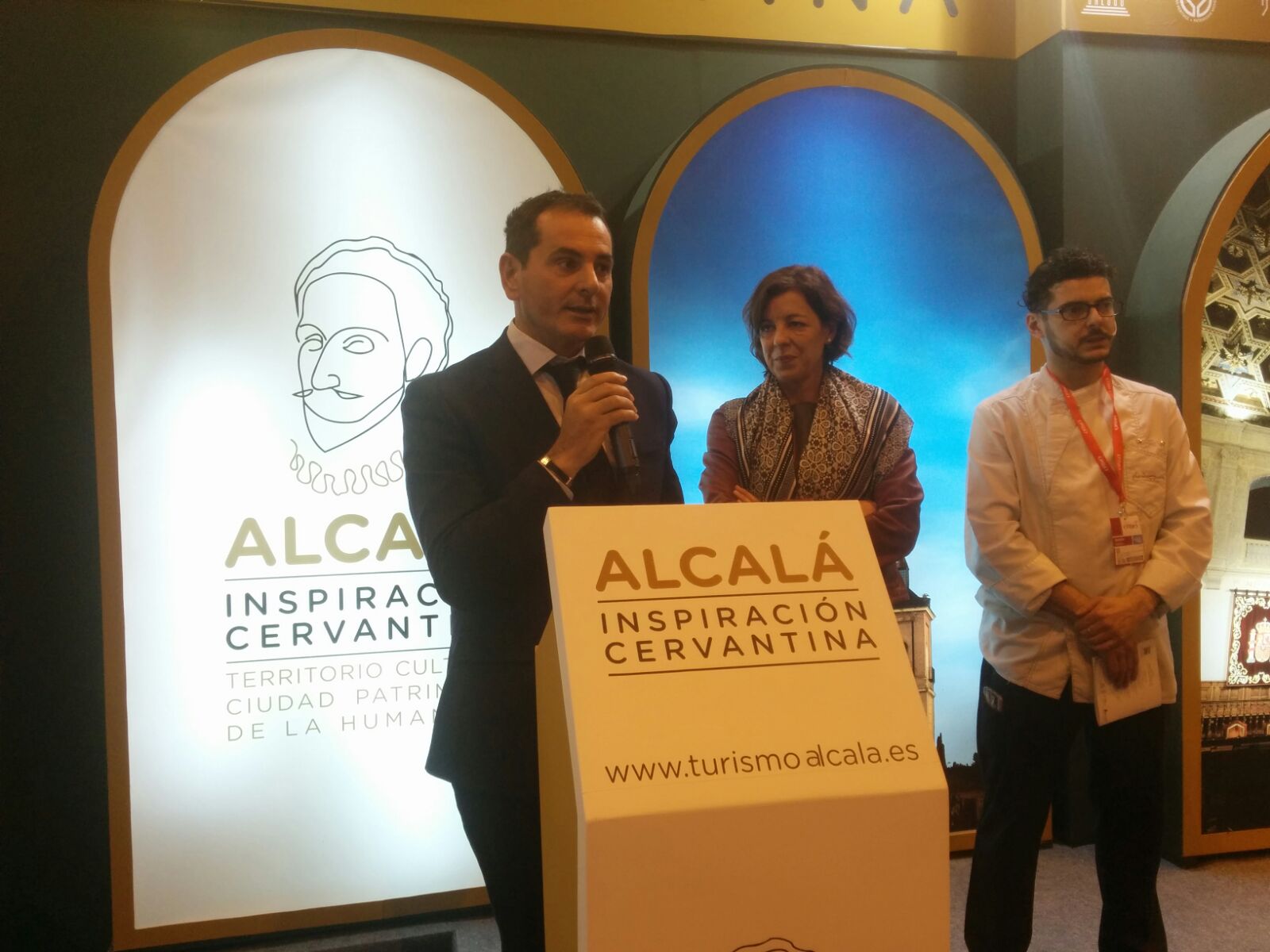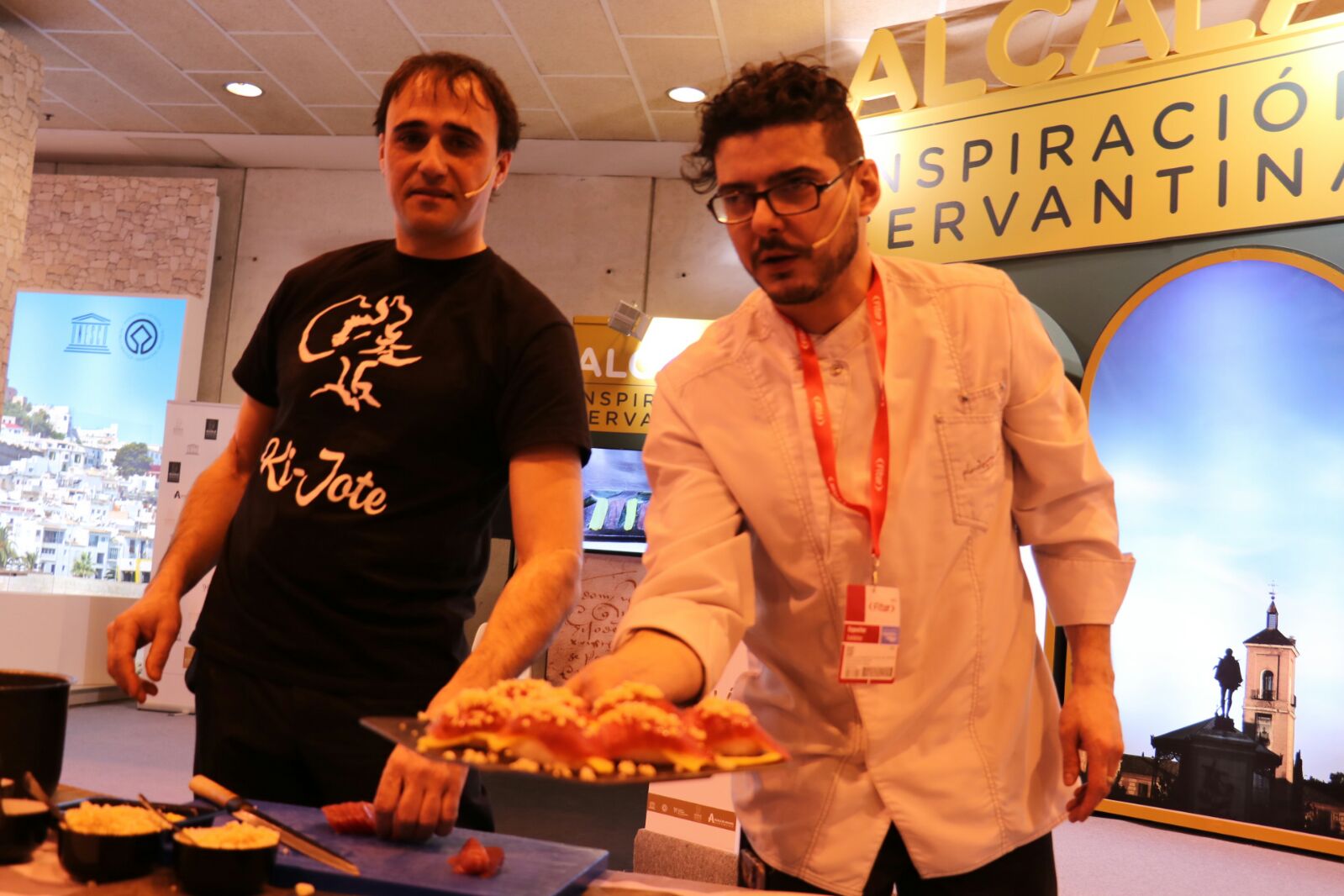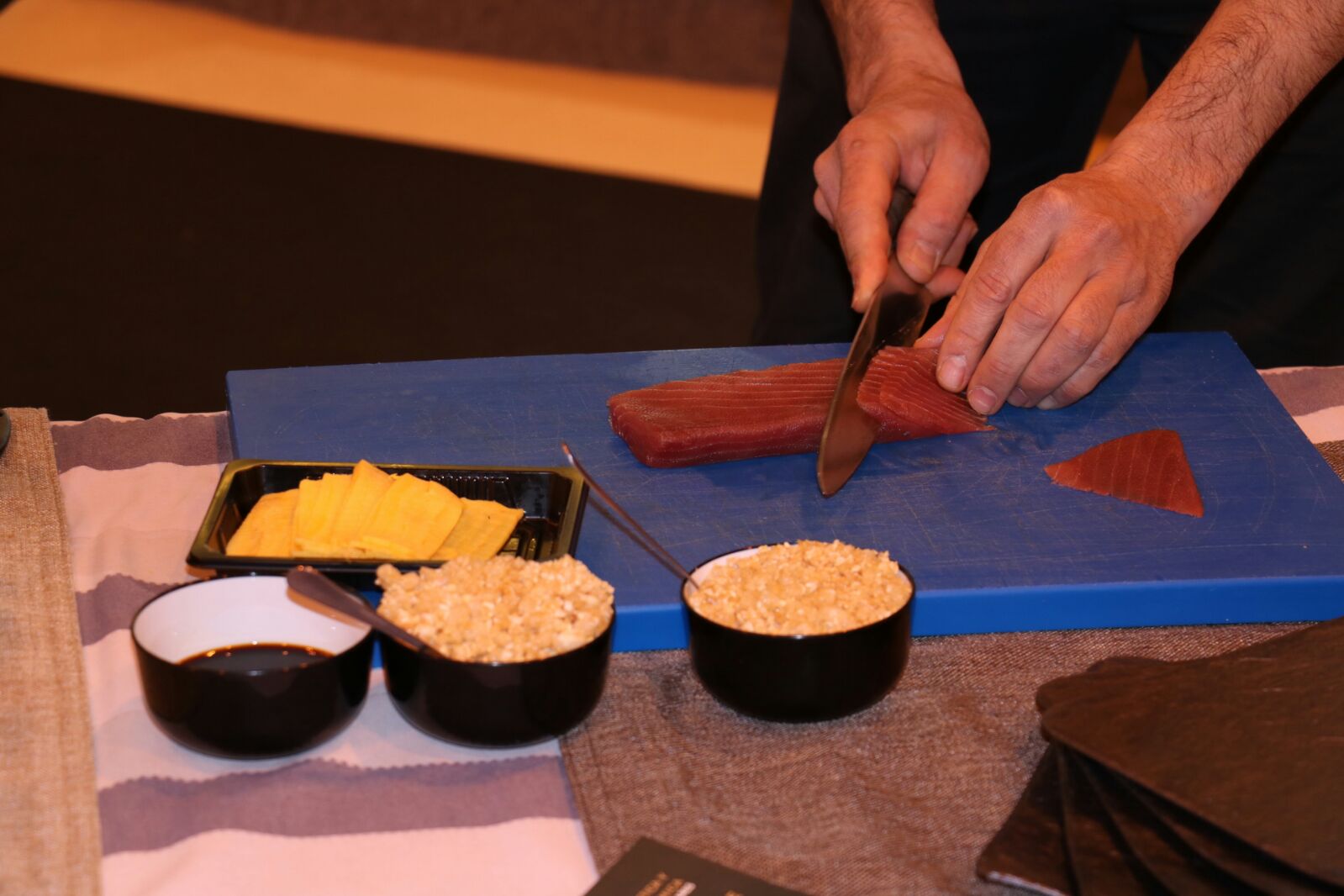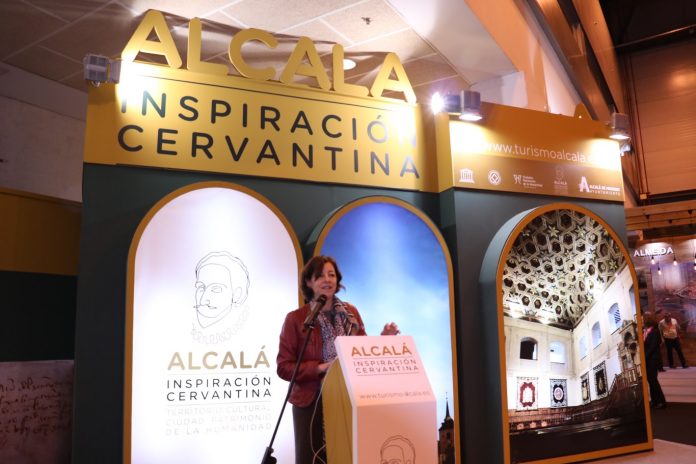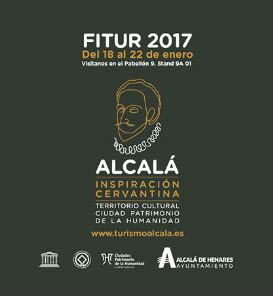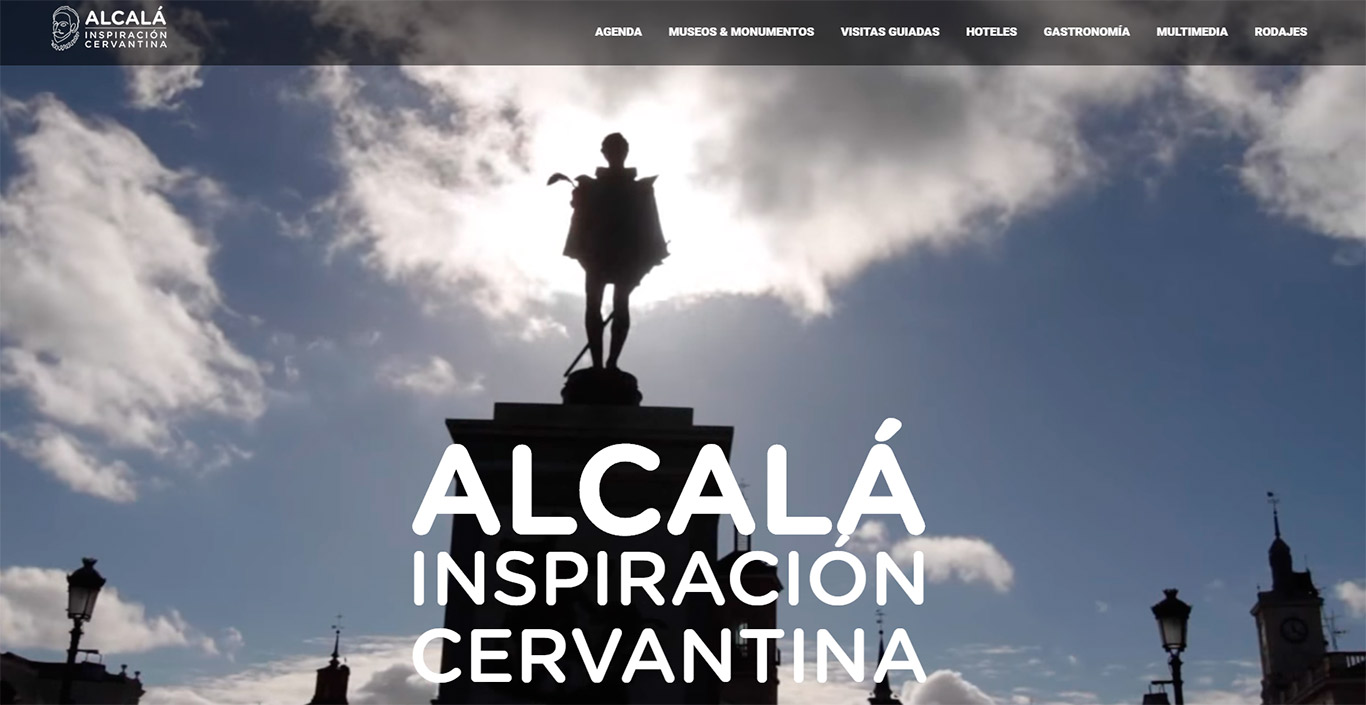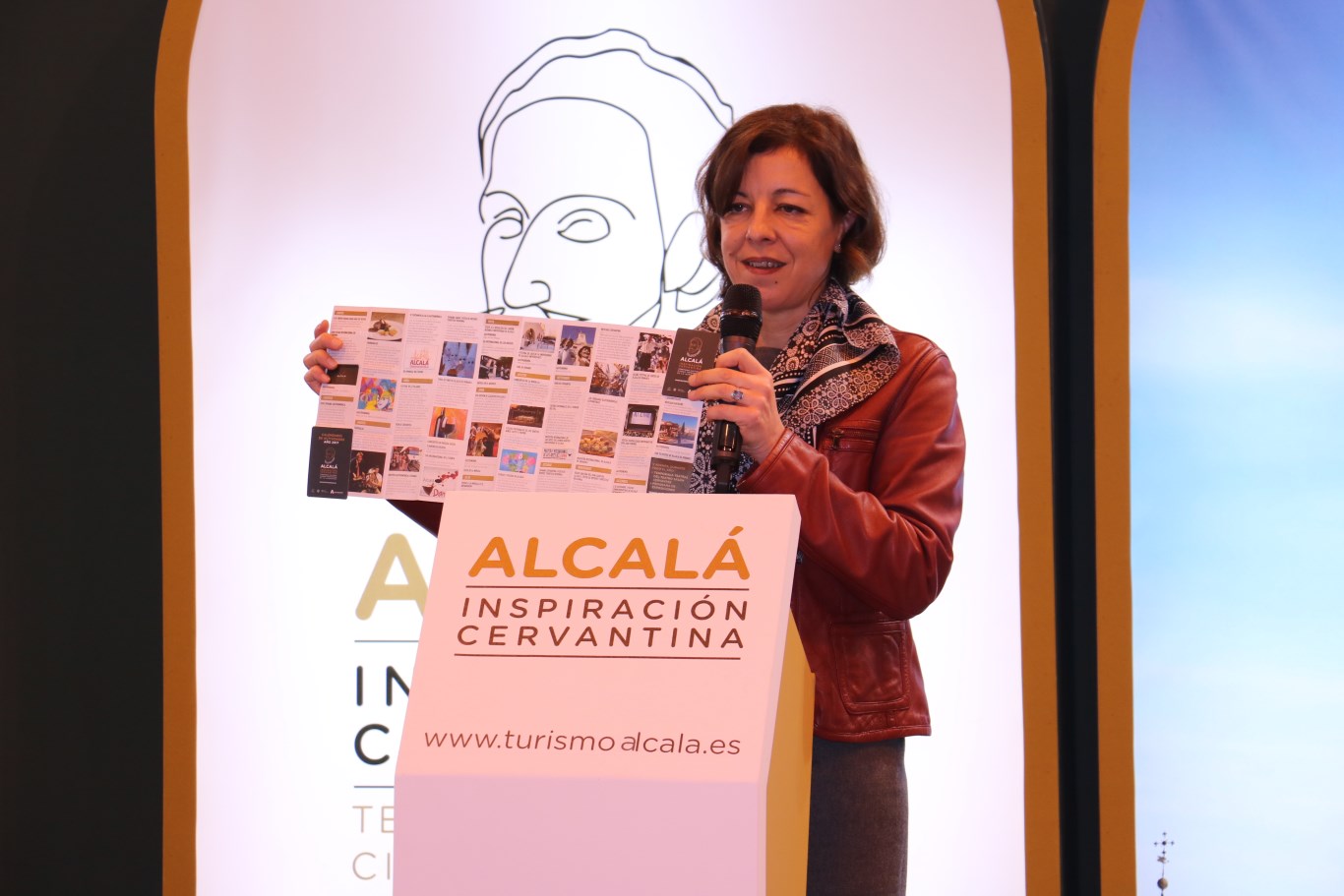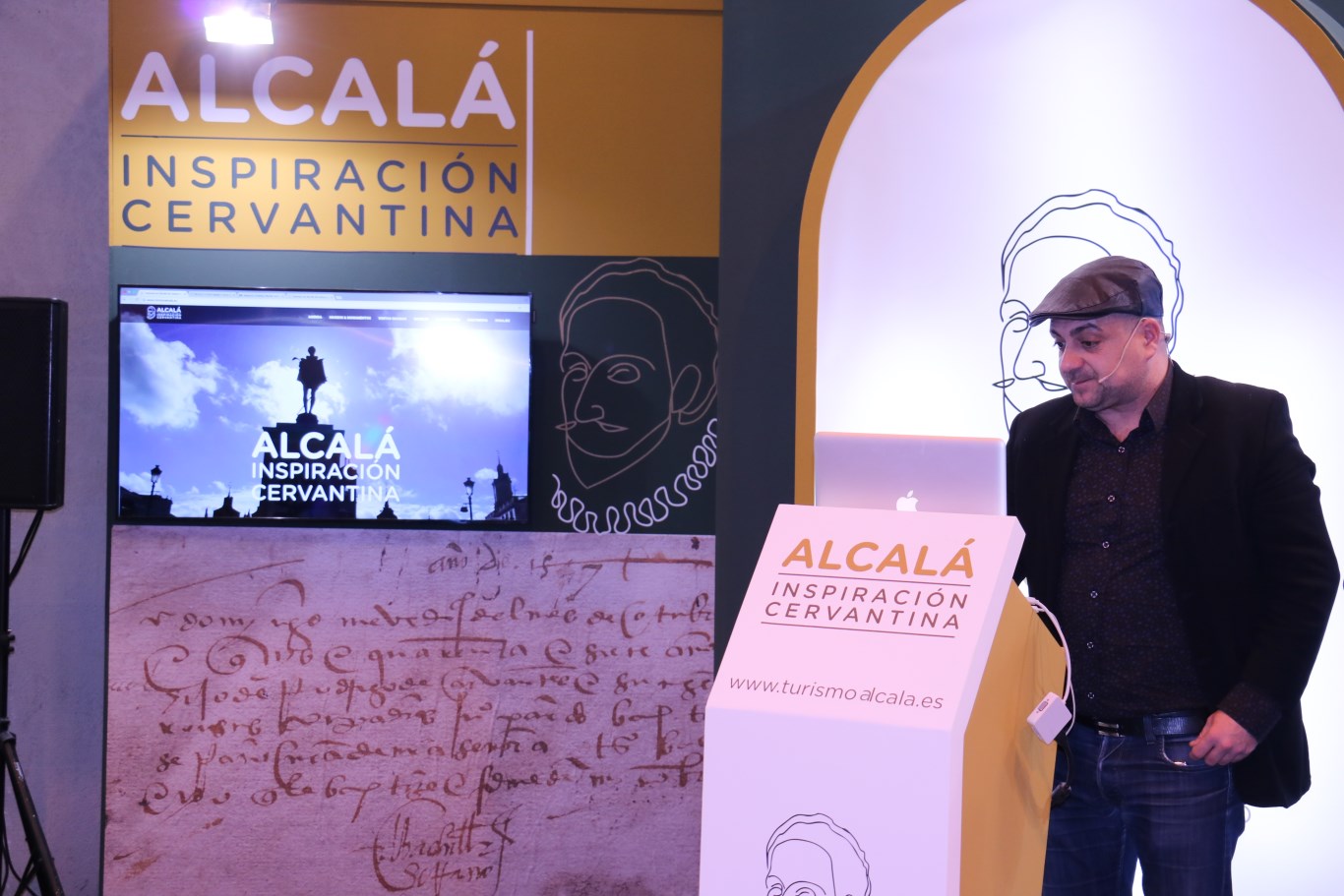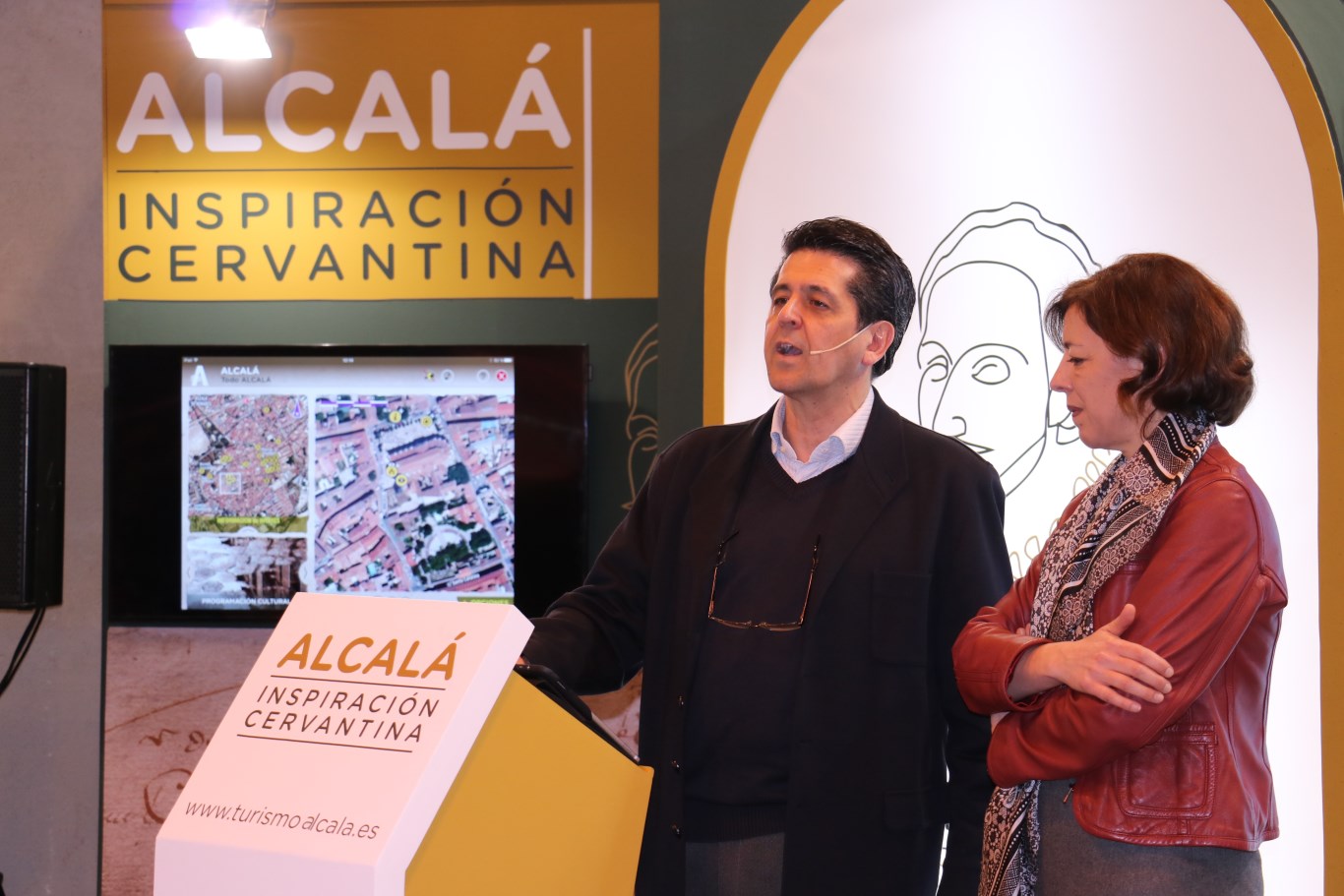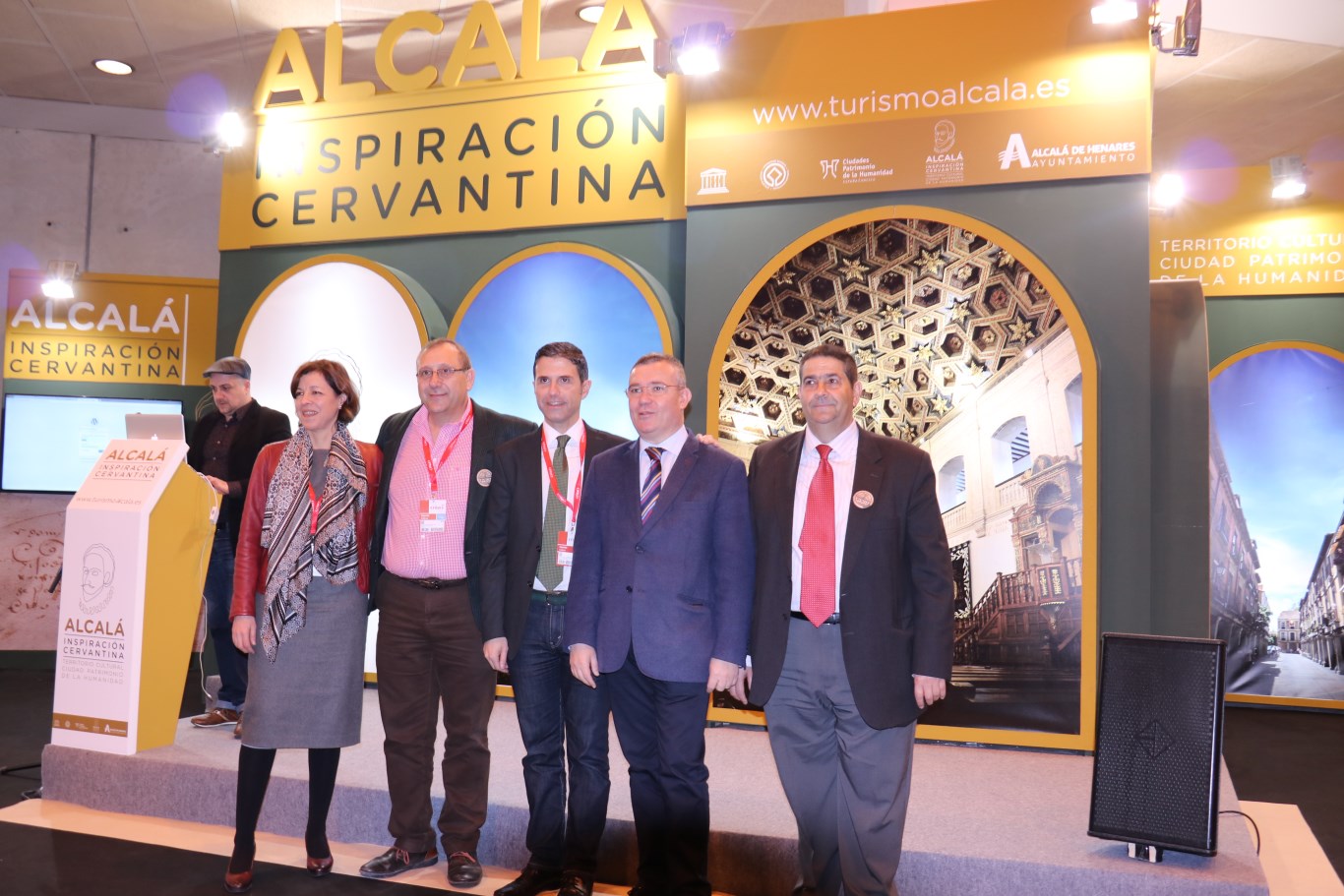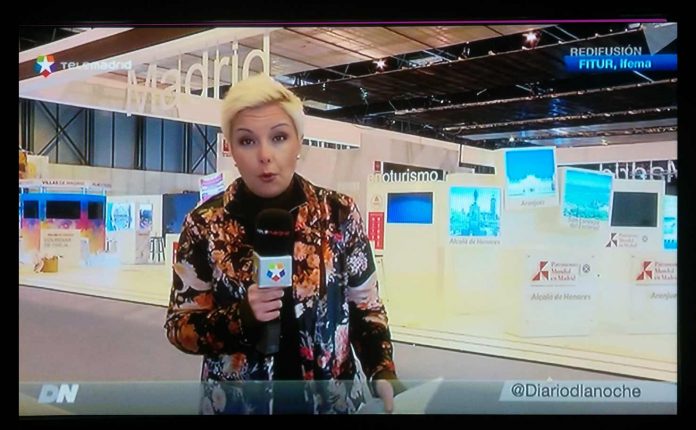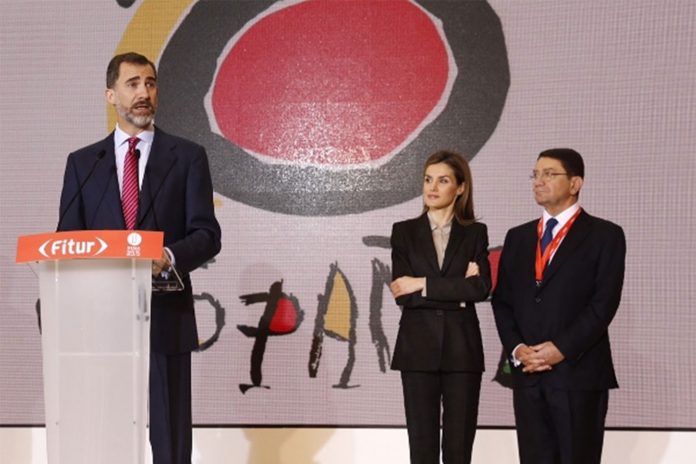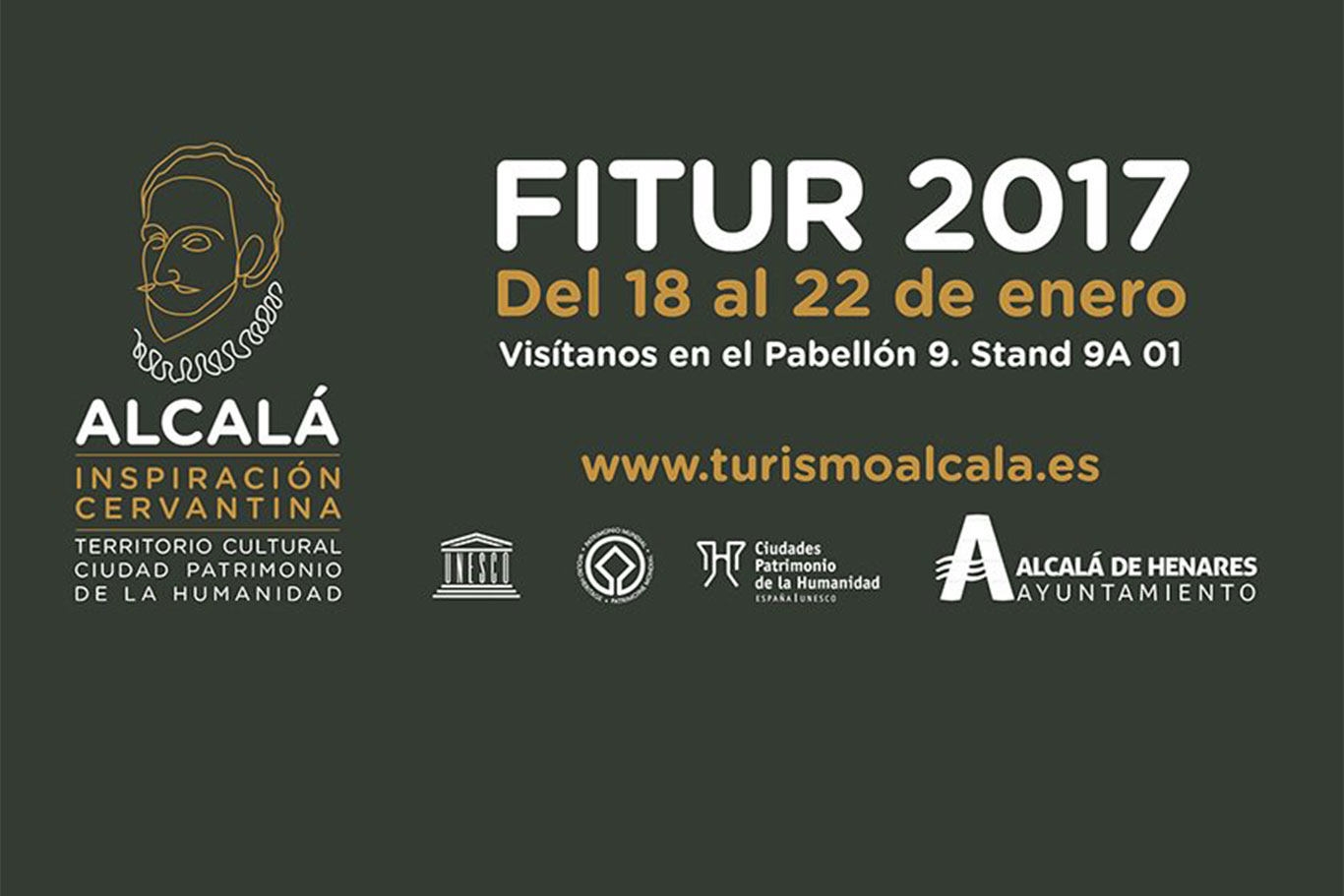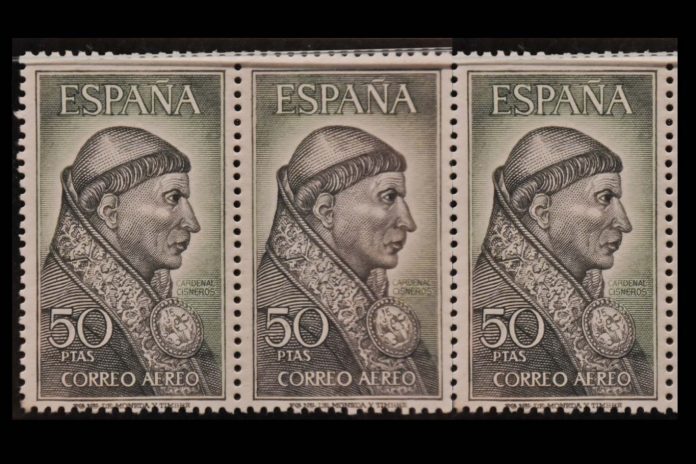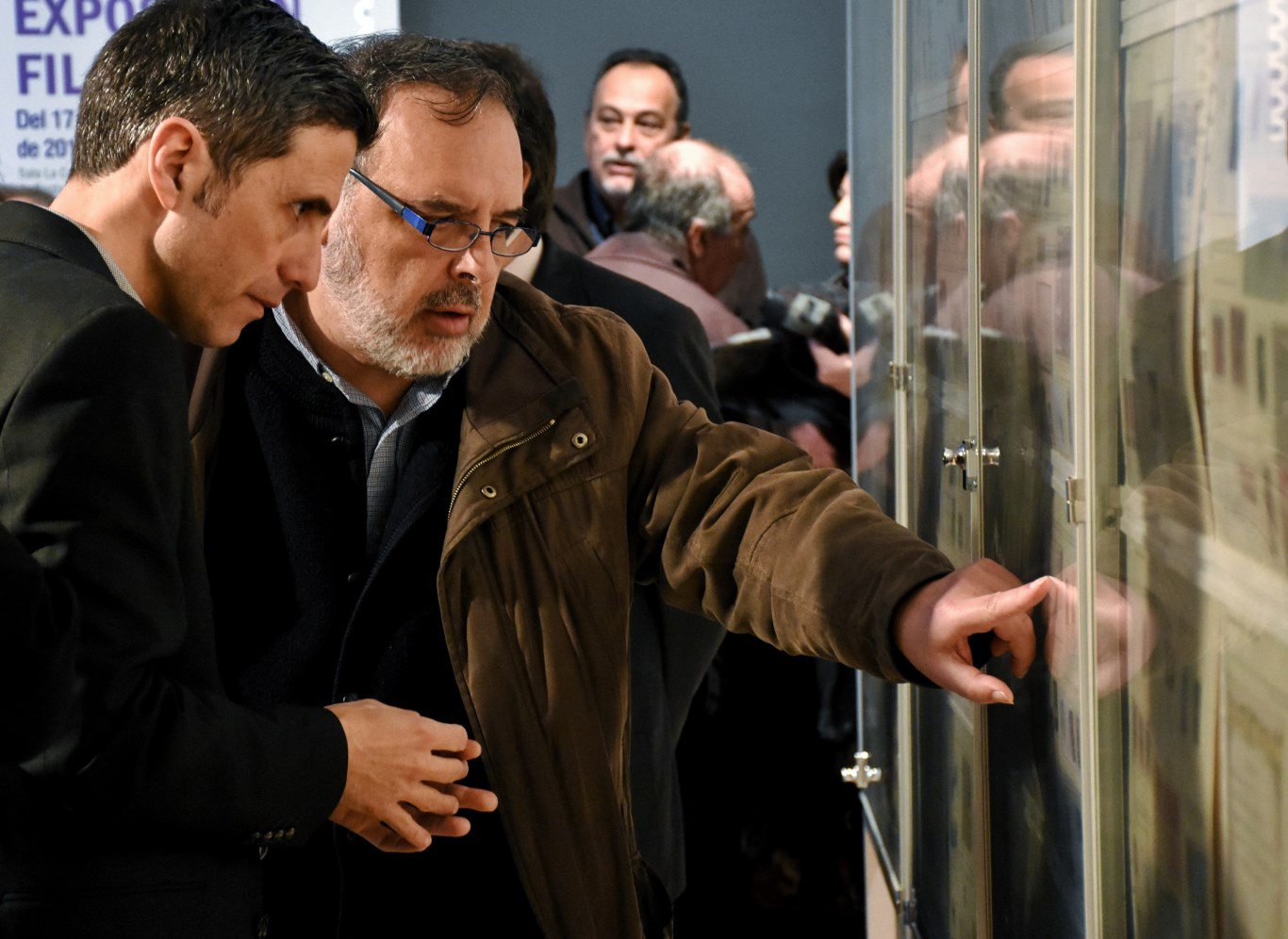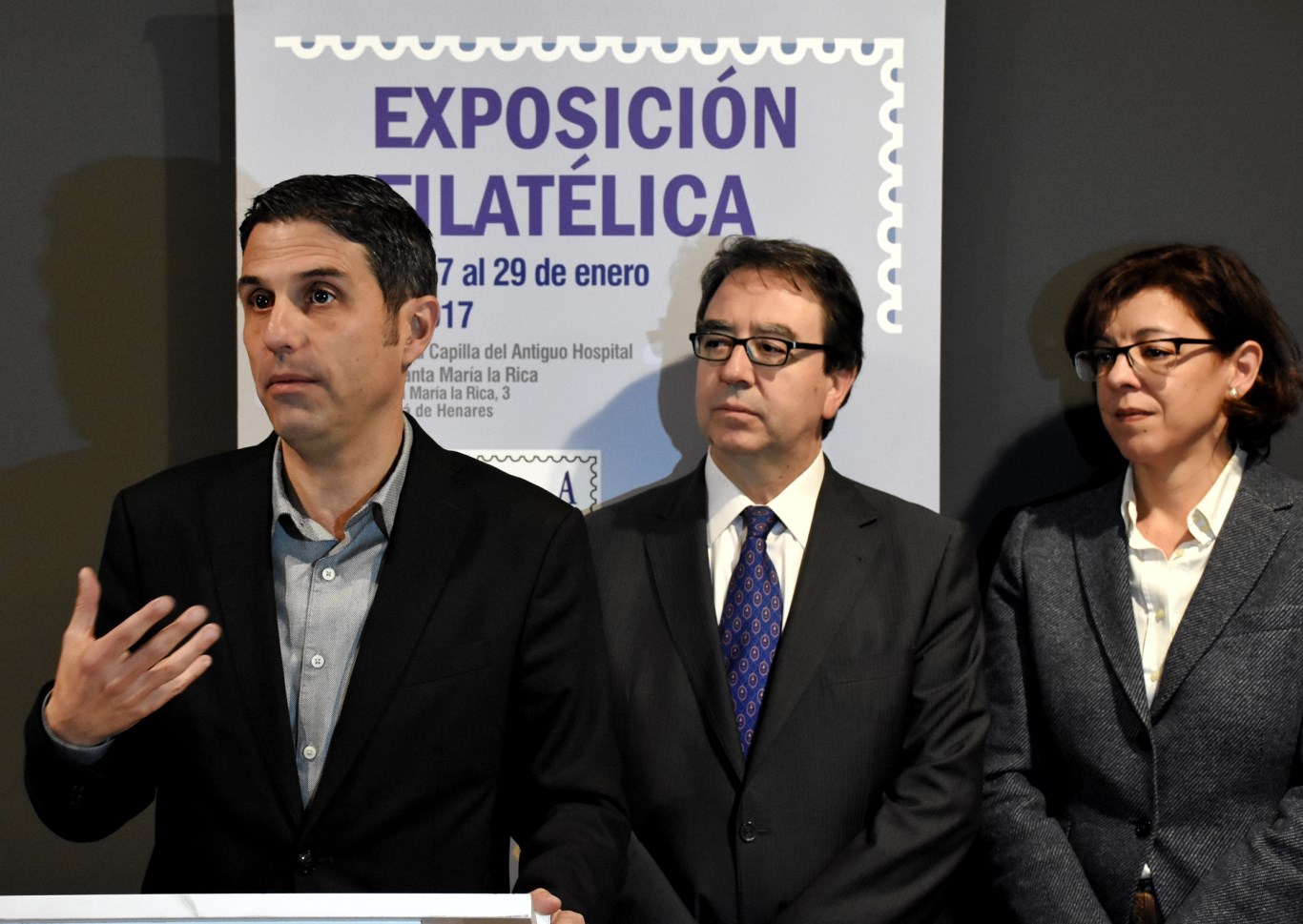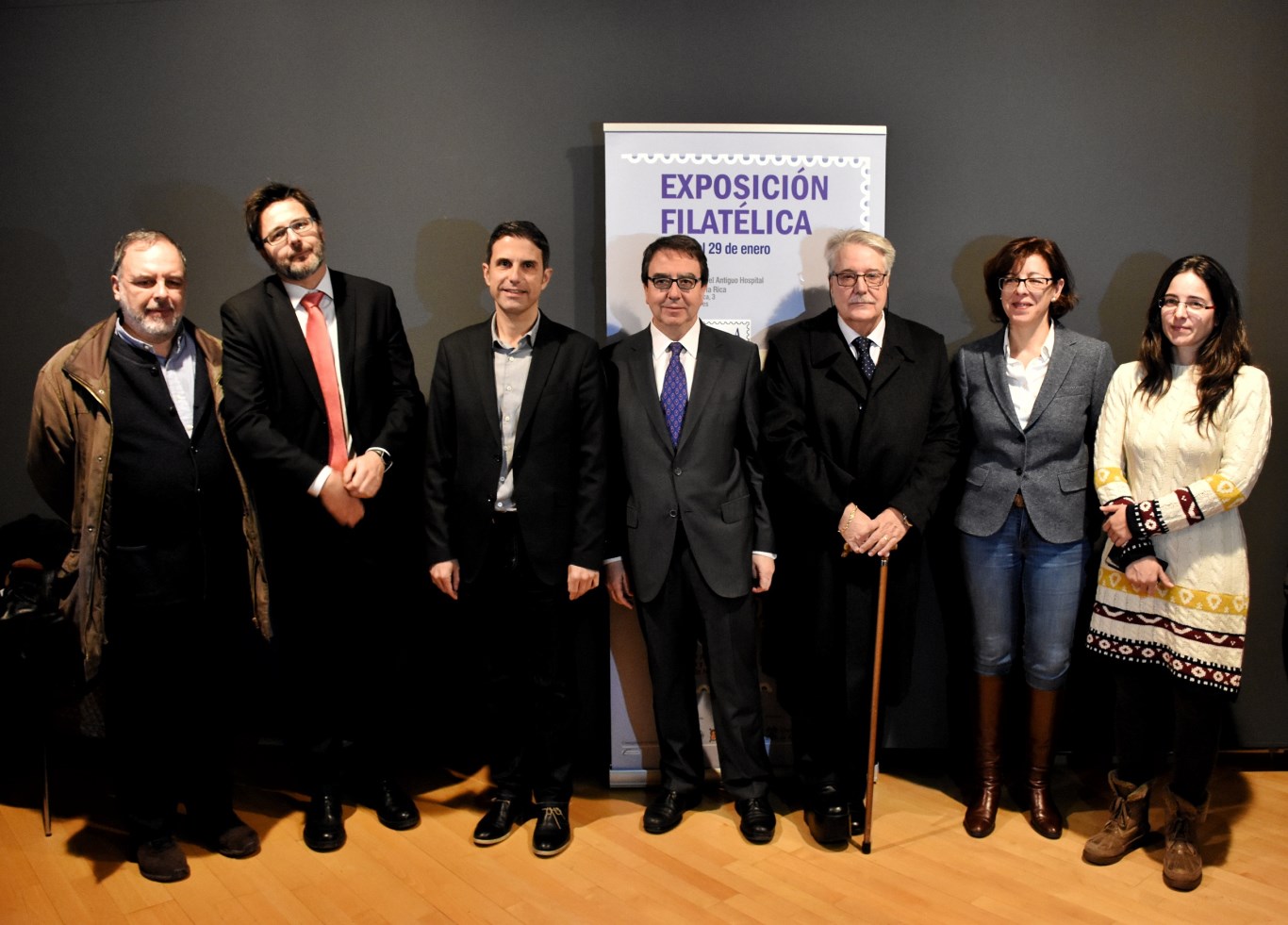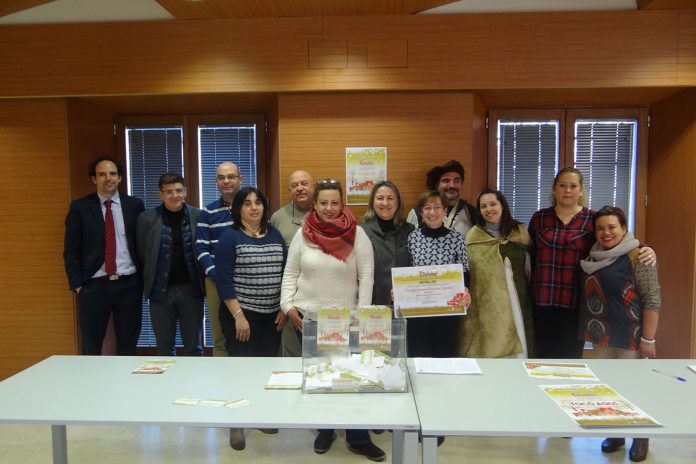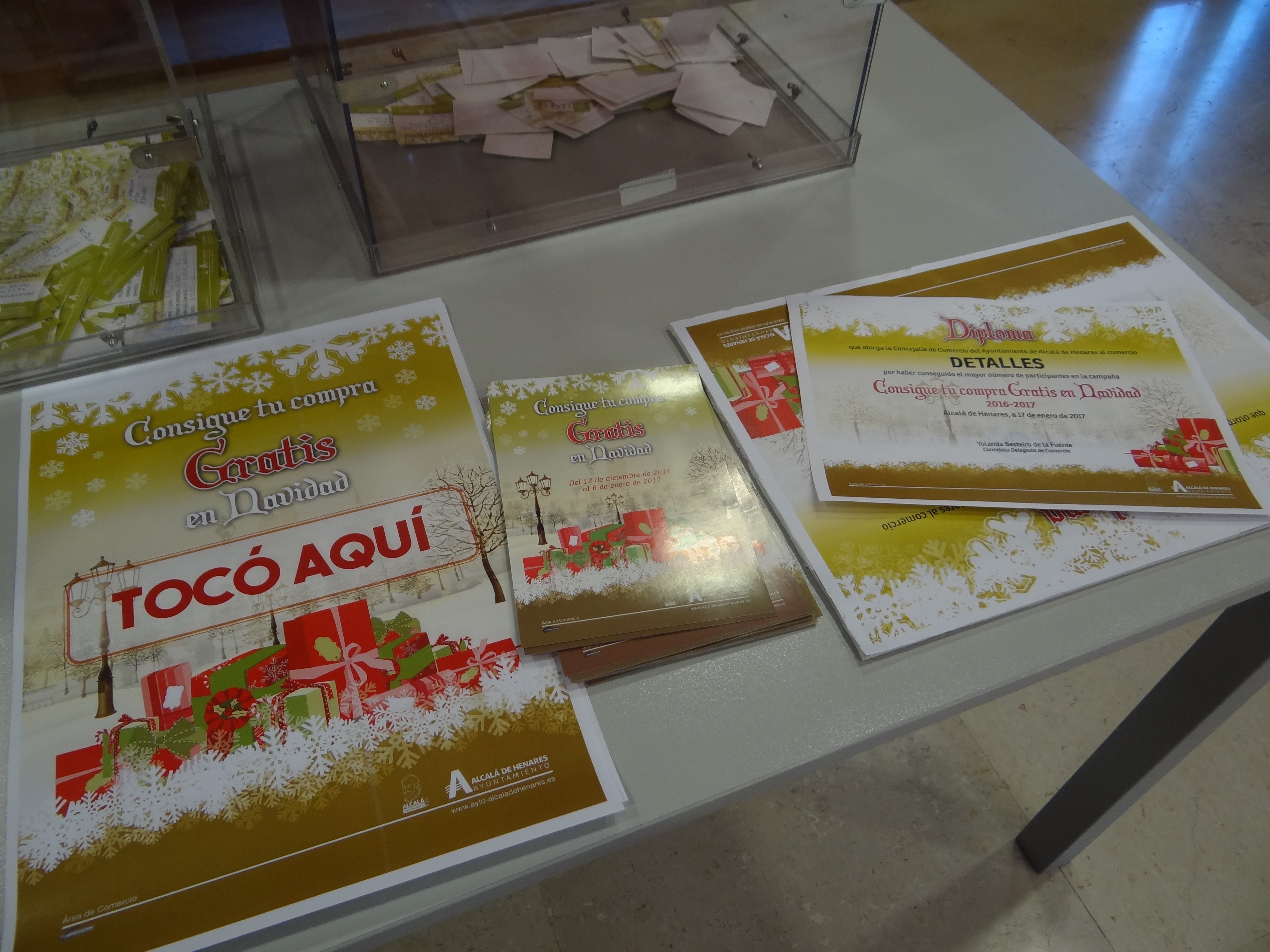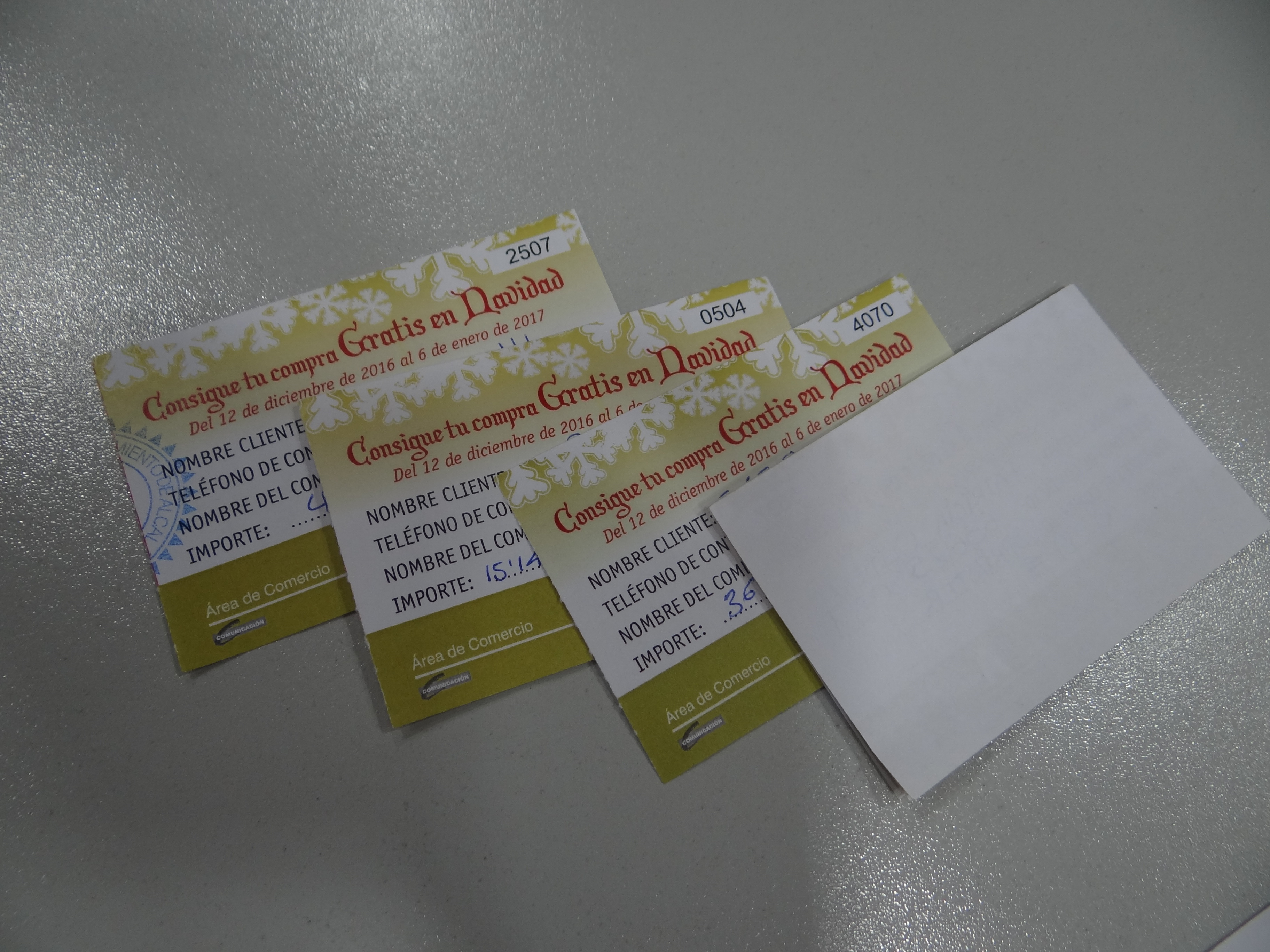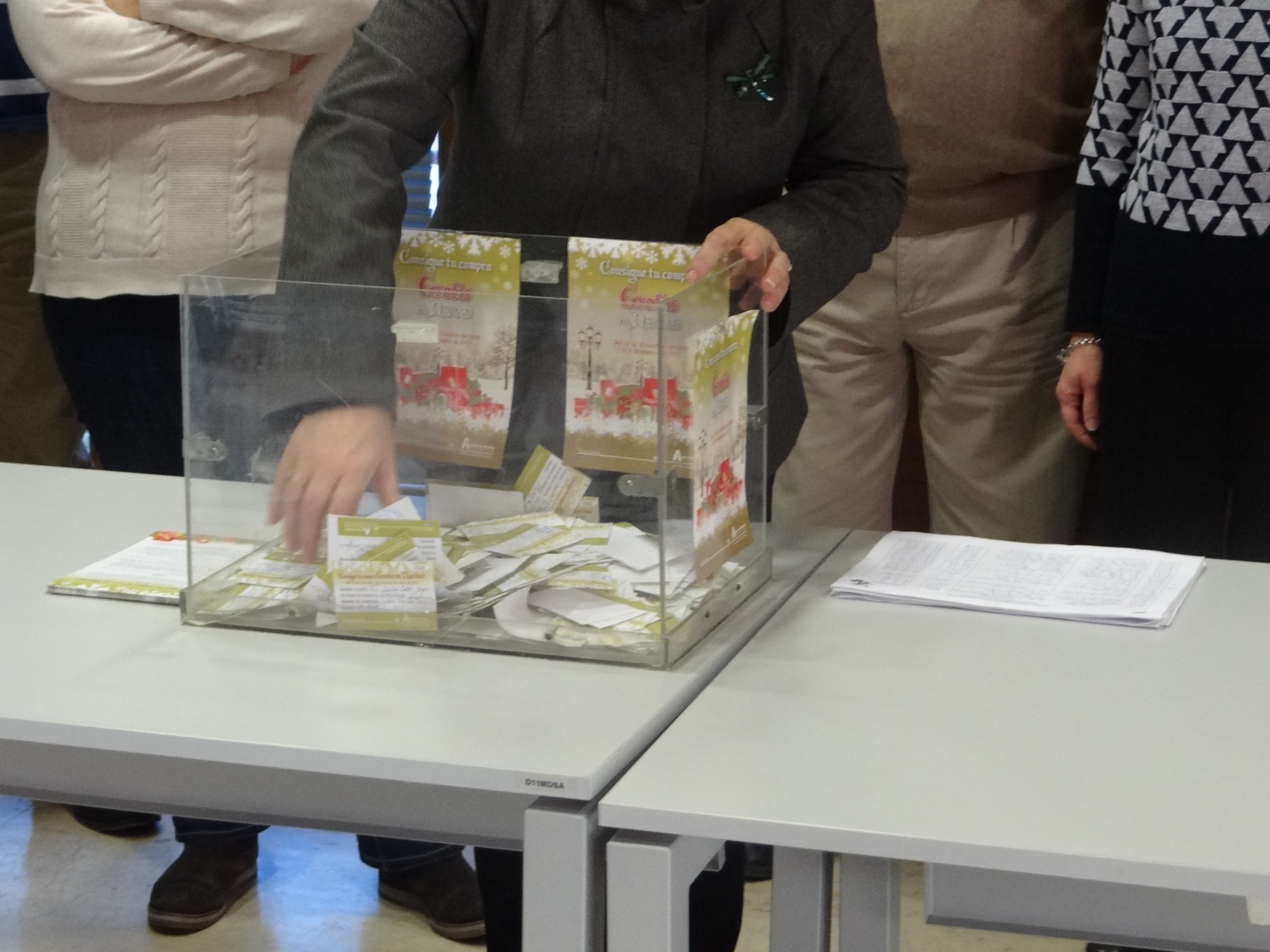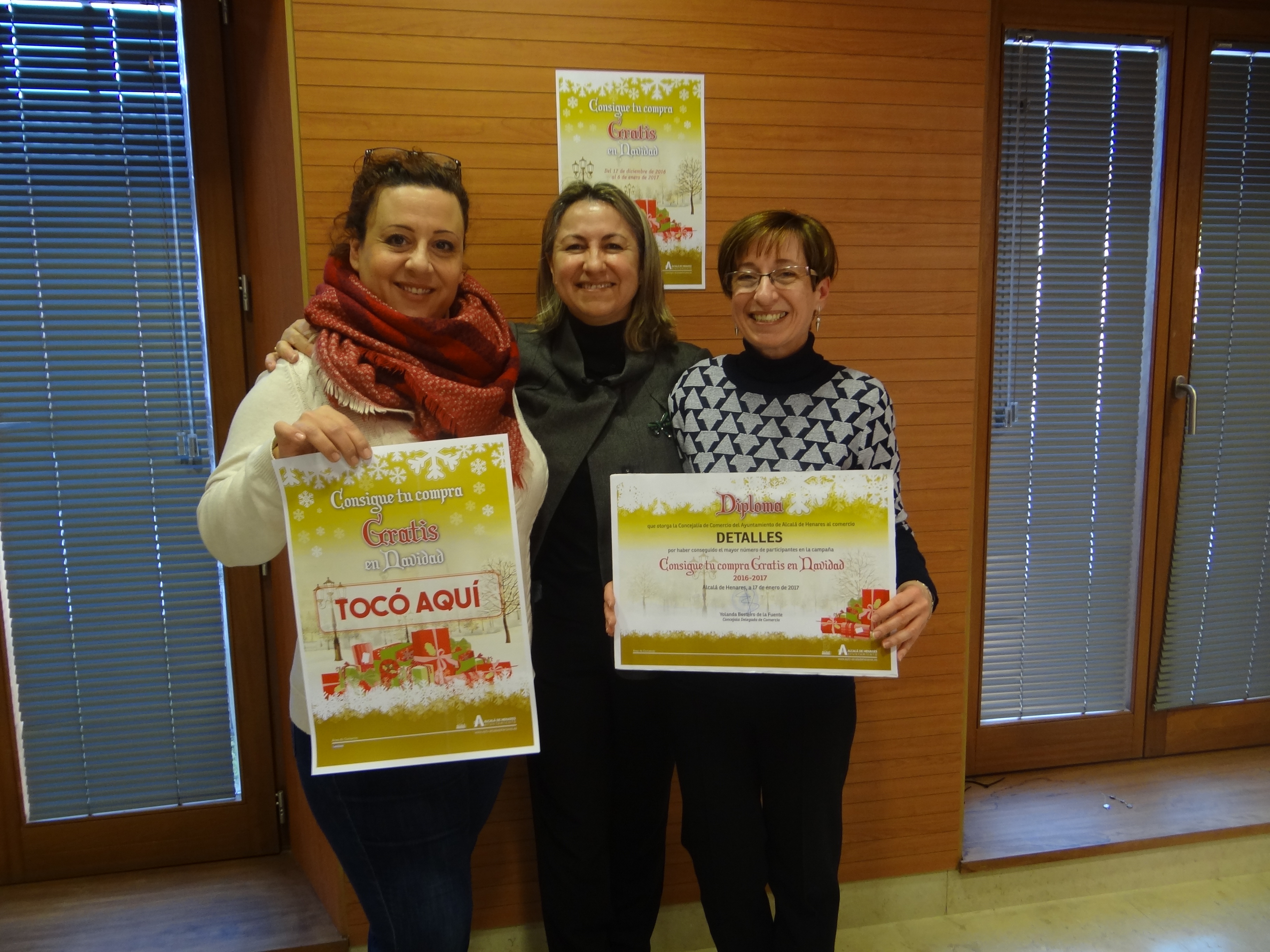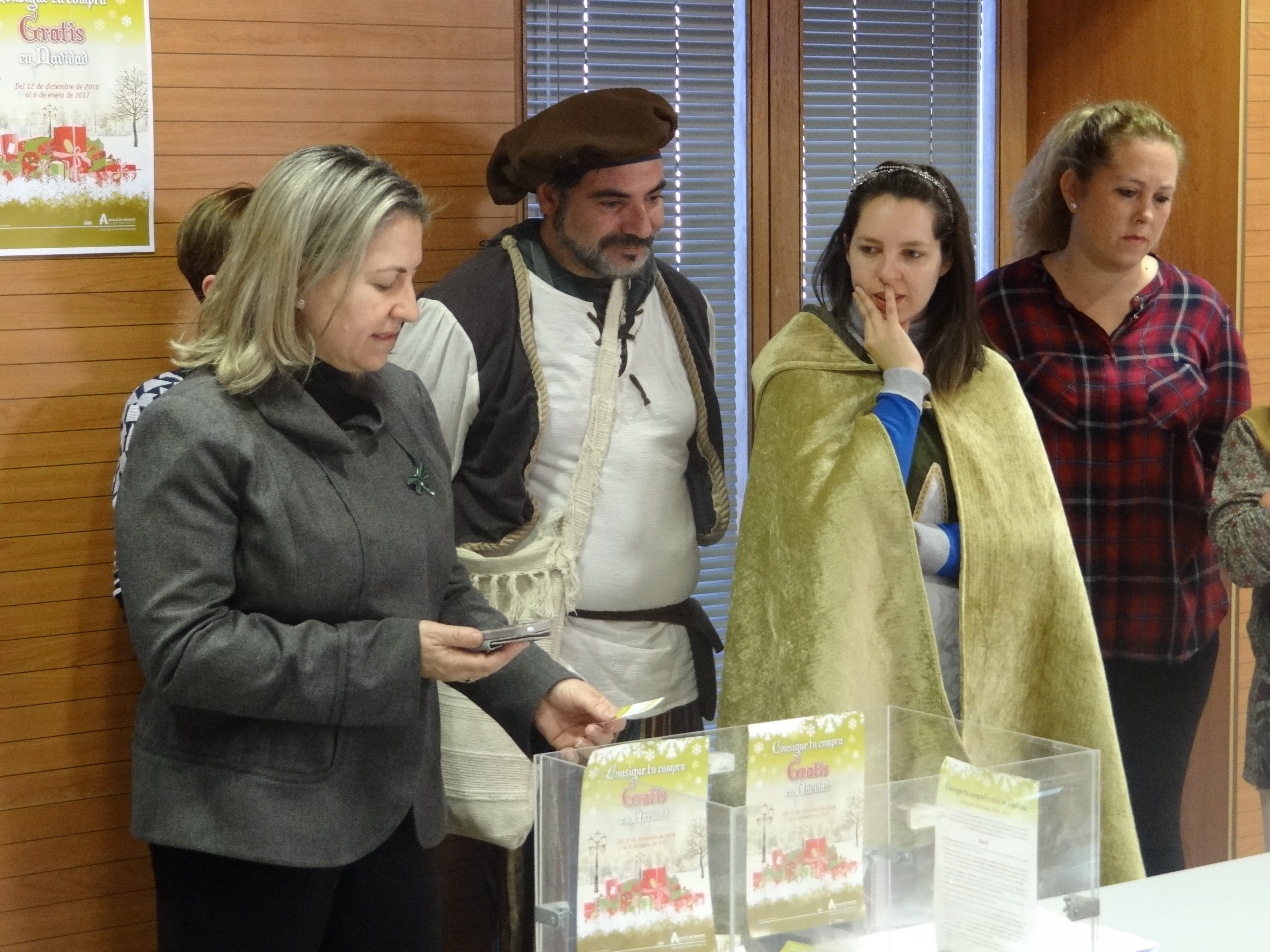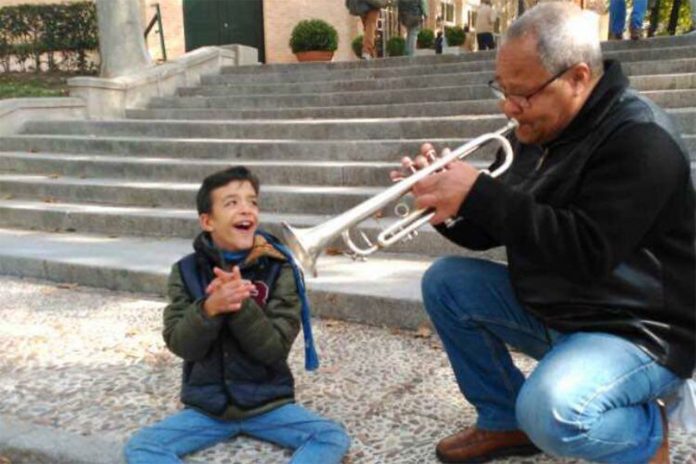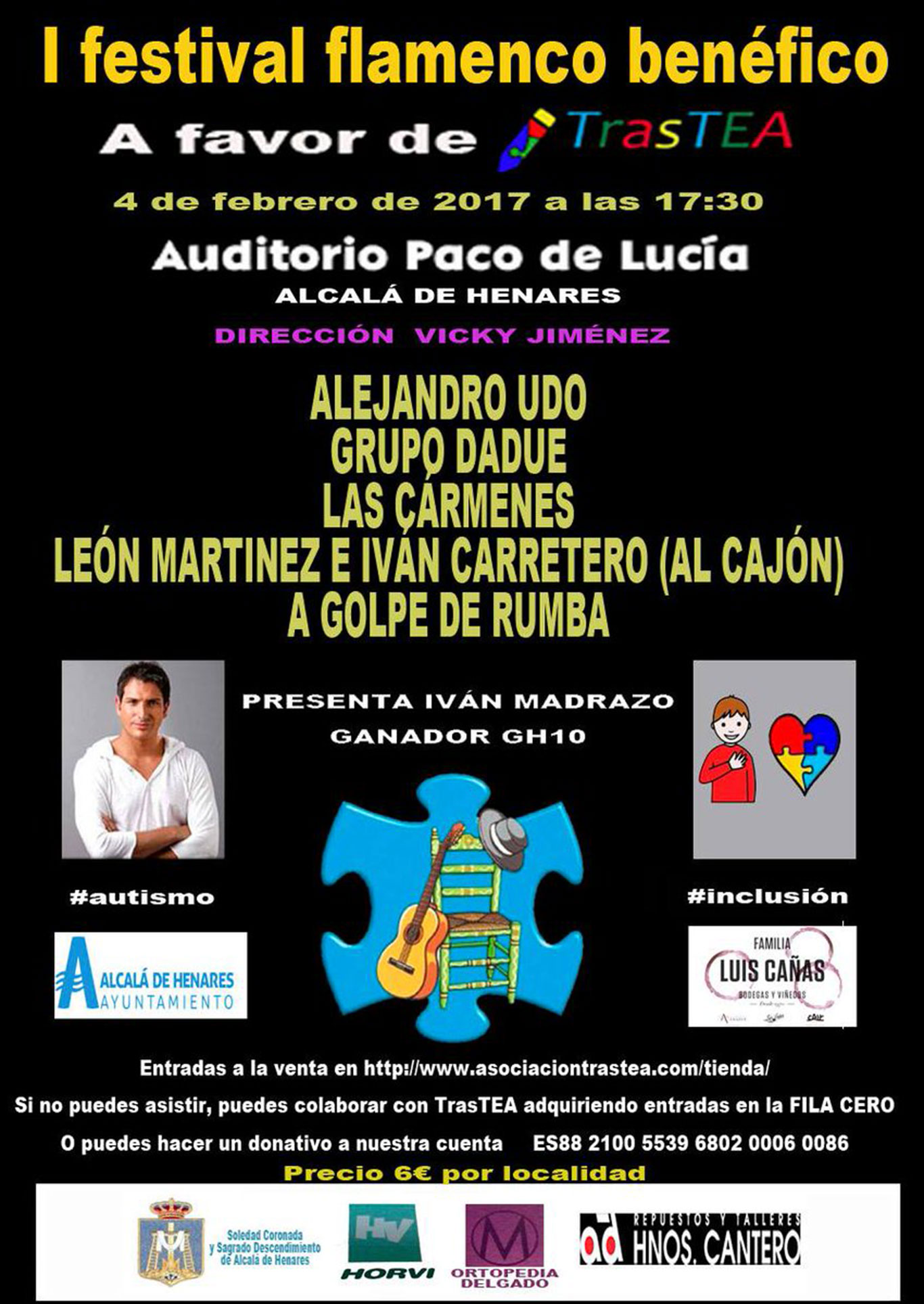Alcalá de Henares cuenta en FITUR 2017 con un stand propio de 100 metros cuadrados y nuevo diseño, ubicado en el pabellón 9 en el mismo emplazamiento del año pasado (stand 9A01), frente al gran stand de la Comunidad de Madrid y al lado nada menos que del stand de Ibiza.
El stand de la Comunidad de Madrid, situado a pocos metros del de Alcalá, también cuenta este año con un nuevo diseño. Y entre las novedades que hemos podido descubrir antes de la apertura de las puertas de IFEMA, encontramos que su distribución interior ha querido dejar un espacio muy destacado a las tres localidades Patrimonio de la Humanidad de la Comunidad: San Lorenzo del Escorial, Aranjuez y, por supuesto Alcalá de Henares, la única Ciudad Patrimonio de la Humanidad de la Comunidad.
Y para demostrar la importancia que tiene para nuestra región tan insigne distintivo, Alcalá de Henares y las otras dos localidades comparten un lugar de excepción en el gran stand de la Comunidad de Madrid dominando una de sus esquinas, la más cercana a la entrada al pabellón 9 y al pasillo principal, con un mostrador exclusivo para cada una, acompañado de distintas imágenes de sus lugares más emblemáticos, como la plaza de Cervantes en el caso de Alcalá.
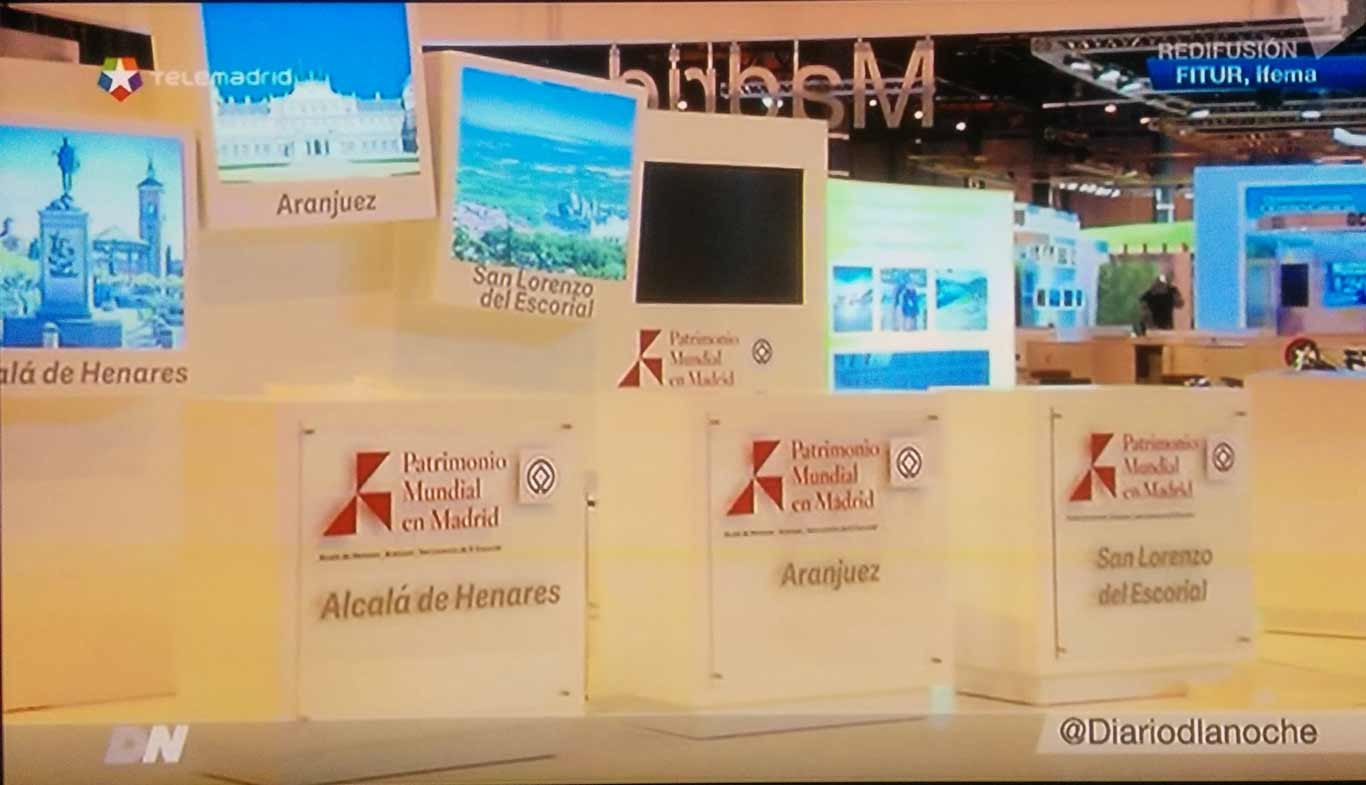
Por lo tanto este año tendremos mejor visibilidad aún que el pasado, puesto que el visitante de Fitur 2017 podrá vernos nada más llegar al pabellón 9 tanto en el nuevo mostrador del stand de Madrid, como por supuesto en el de Alcalá (stand 9A01).

Un Fitur helado por fuera pero caldeado por dentro
Si decides venir a visitar el stand de Alcalá de Henares en FITUR, abrígate bien. Las temperaturas para el miércoles rondarán entre los 7 grados de máxima y los -4 de mínima, y un viento que no va a mejorar nada la sensación térmica.
Pero no te desanimes, el interior no solo es mucho más cálido, sino que te promete cientos, sino miles, de incentivos para pasar un buen rato conociendo la oferta turística del mundo entero.
Si vienes pregunta por nosotros, estaremos al pie del cañón en el stand de nuestra ciudad.
Novedades de Alcalá en FITUR 2017
«Este será el año del Turismo sostenible para el desarrollo», afirmaba anoche Eduardo López Puertas, director general de IFEMA, en una entrevista ofrecida al Diario de la Noche de Telemadrid. López reconocía también que el turismo mundial se ha transformado casi por completo para adaptarse a la tecnología digital en todas sus facetas, algo que por otra parte ya a casi nadie coge por sorpresa.
A nivel más local, el director general de IFEMA destacó la importancia que tiene el turismo congresual dentro de la Comunidad de Madrid, precisamente porque en nuestro territorio no tenemos playa, pero que a cambio nos ofrece un turismo más centrado en la cultura, la gastronomía y los eventos, y que deja más dinero por turista que el de sol y playa.
En Alcalá de Henares por desgracia tampoco tenemos playa, pero nuestra ciudad hace ya años que es muy consciente de la importancia del turismo de congresos, el que más ocupación hotelera tiene año tras año, de la enorme relevancia que la cultura tiene para la ciudad y de la importancia del uso de las nuevas tecnologías. Y por ello en FITUR 2017 Alcalá hará varios anuncios relacionados con el turismo de nuestra ciudad.
Los presupuestos municipales no dan actualmente para grandes alardes ni dispendios, pero el año pasado, precisamente en FITUR, ya se anunció una APP turística sobre Alcalá de Henares, y este año anuncia (¡por fin!) una página web de turismo, www.turismoalcala.es totalmente rediseñada y que ya puedes visitar.
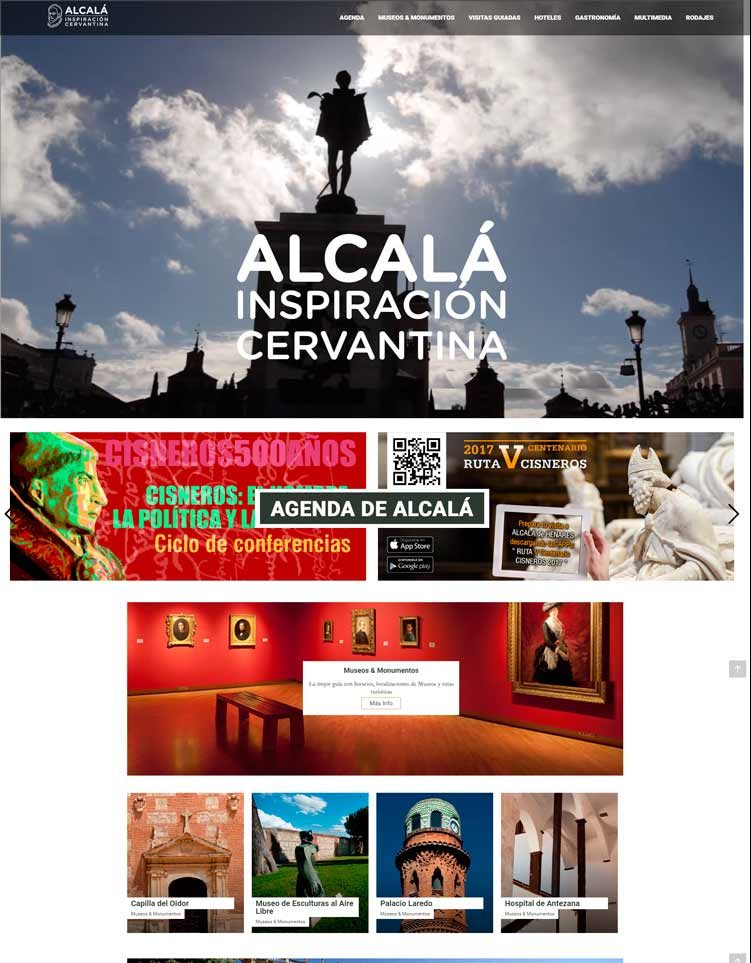
Aspecto de la nueva web municipal de turismo, www.turismoalcala.es
Si vienes también podrás asistir a la presentación de la nueva App “Alcalá”, con la que nos han dicho que podrás acceder a toda la oferta turística, hotelera y gastronómica de la ciudad desde tu dispositivo móvil.
A nivel turístico se presentará la Ruta de Cisneros, pensaba para conmemorar el IV centenario del fallecimiento del cardenal que dio origen a nuestra Universidad, y por lo tanto al auténtico responsable de que hoy seamos Patromonio de la Humanidad.
También se presentará en sociedad la nueva Alcalá Gastronómica, una evolución de lo que desde 1986 se ha denominado Fomentur, la principal asociación para el fomento del turismo de Alcalá de Henares, y que tras la reciente incorporación de nuevos socios ha decido dar un salto adelante para adaptarse tanto a los nuevos tiempos como a los nuevos retos que se le presentan.
Y no podía faltar uno de los clásicos, el anuncio de la inminente Semana Gastronómica que este año transcurrirá del 30 de enero al 5 de febrero.
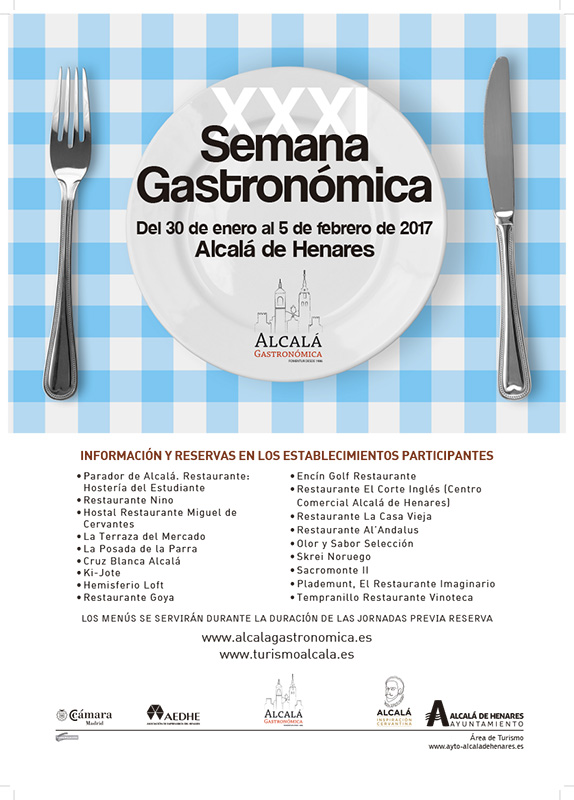
También te interesa
– Los Reyes inaugurán un Fitur 2017 de Inspiración Cervantina
– Alcalá de Henares estará en Fitur 2017, del 18 al 22 de enero
– Alcalá de Henares en Fitur 2017
